Special Report
Canadian Slang and Phrases Americans Just Don't Get
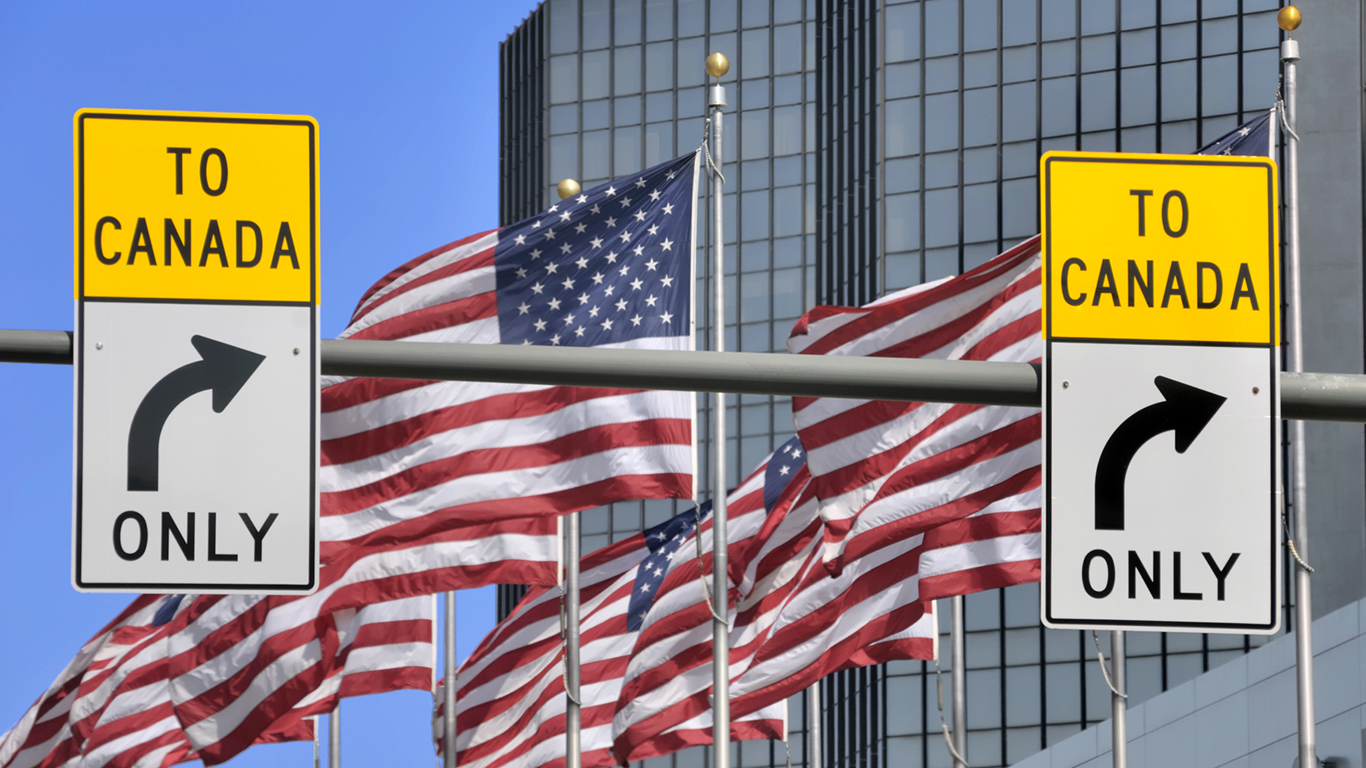
Published:
Last Updated:

Politics aside, Americans and Canadians are the best of neighbors. We share, peacefully, the longest international border between two nations, at 8,891 kilometres — or is it 5,525 miles long? We’re so close it’s almost surprising to find we don’t always speak the same language, eh?
Sure, we mostly all speak English, but there are many language nuances that often stem from cultural variations.
For one, our units differ. While Americans use their own customary system, Canadians mostly use the metric system. And while Americans fought the British for independence, Canada remains in the commonwealth and retains a major French heritage. In fact, both French and English are official languages in Canada and both have had an impact on Canadian English.
Ahead of our oh so close independence days — Canada Day is celebrated on July 1st and U.S. Independence Day on July 4th — here are some Canuck words that often have Americans scratching their heads as to their meaning. And, to be fair, here are 50 words Americans get wrong all the time.
To find Canadian words Americans might not understand, 24/7 Tempo reviewed different sources that listed Canadianisms.
Click here to read about Canadian slang and phrases Americans just don’t get.
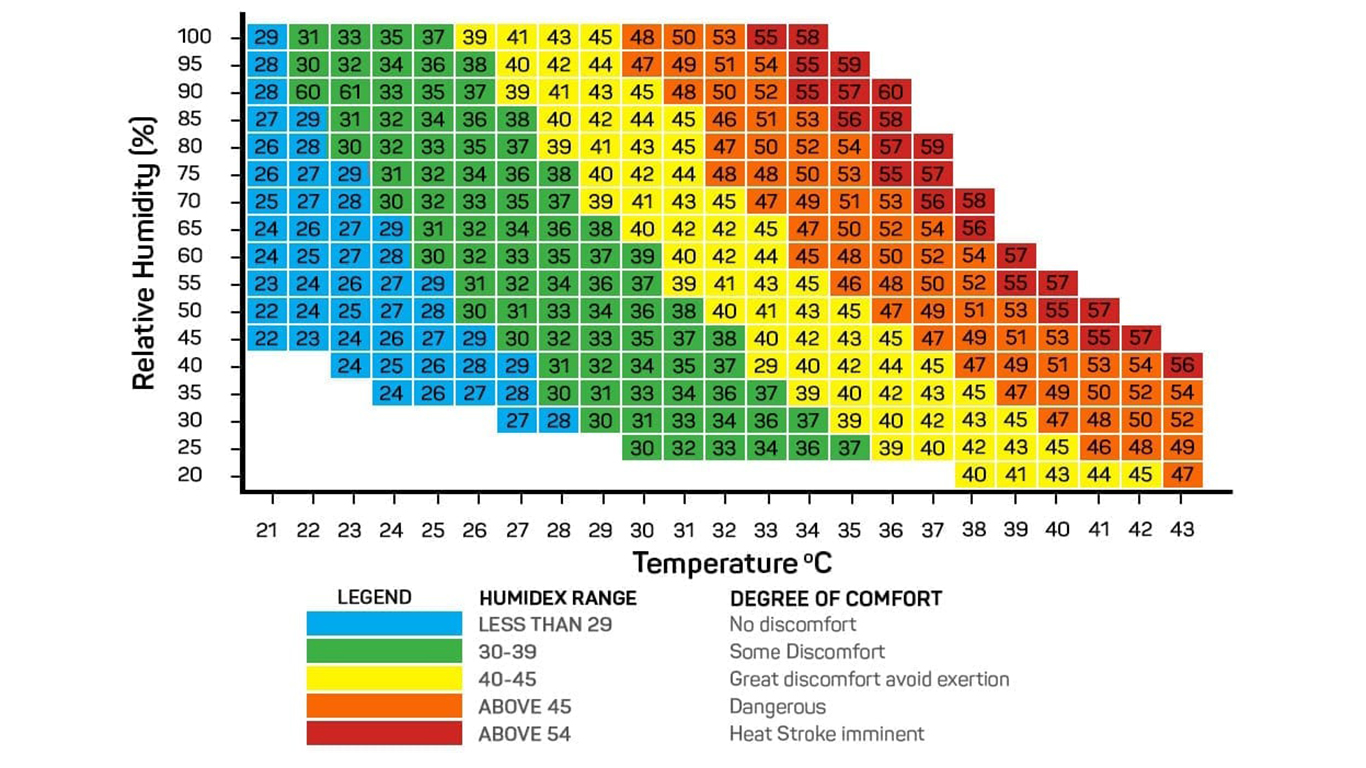
1. Humidex
Humidex is used by Canadian meteorologists to describe how hot the weather feels. It takes into account the humidity in the air and is short for humidity index. High humidity would make warm weather feel warmer. While similar to the U.S. heat index, it’s not the same.
[in-text-ad]
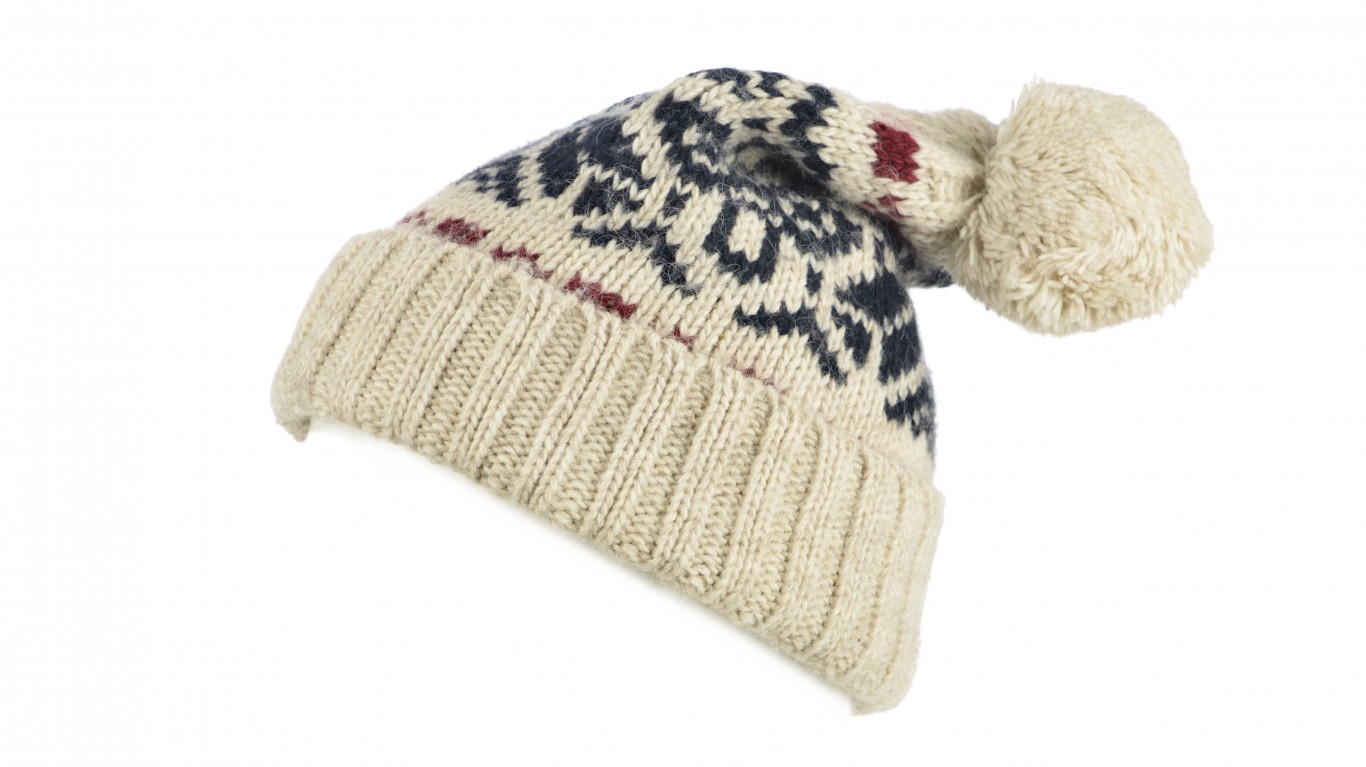
2. Toque — sometimes spelled tuque
Try to survive the Canadian winter without a toque, or a knitted hat or cap. Canadians won’t leave the house without one starting in October through April.
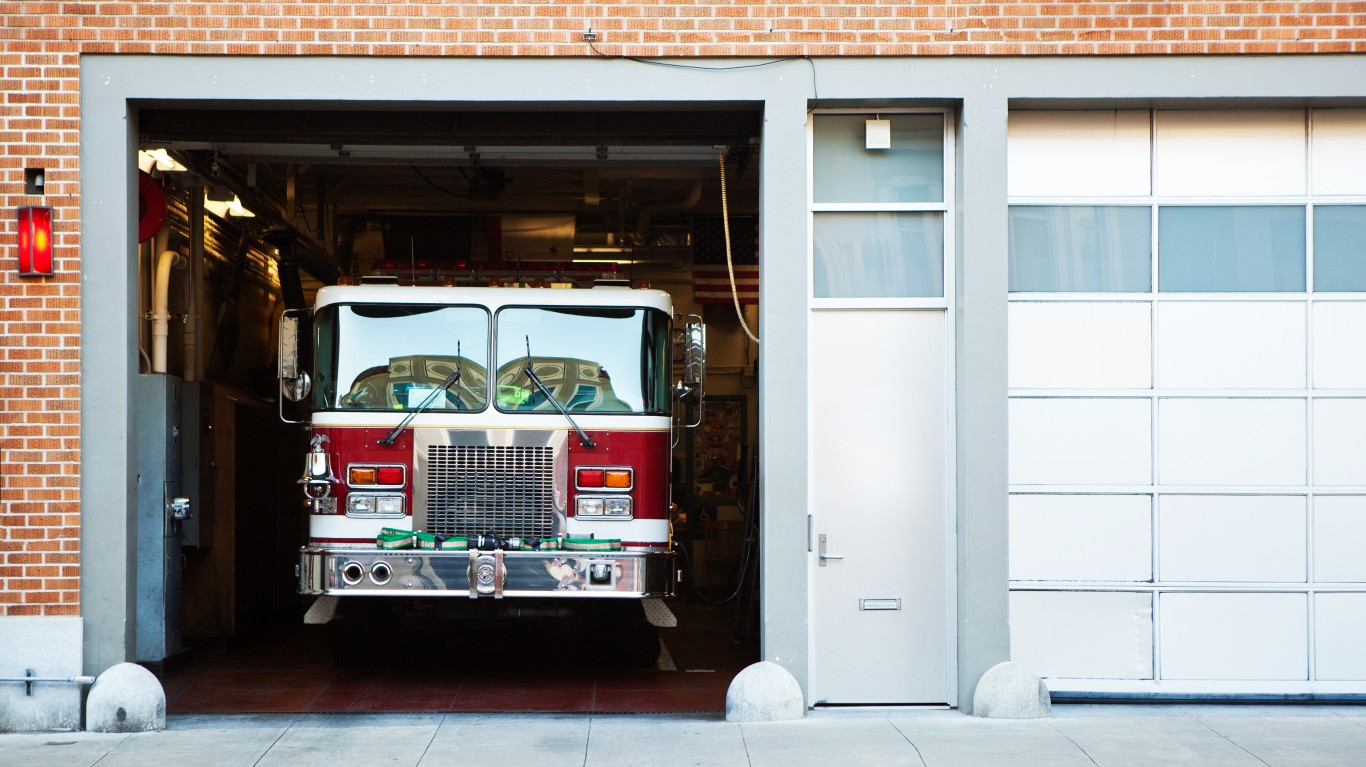
3. Fire hall
What Americans call a firehouse or fire station — the place where firefighters work — Canadians call a fire hall.
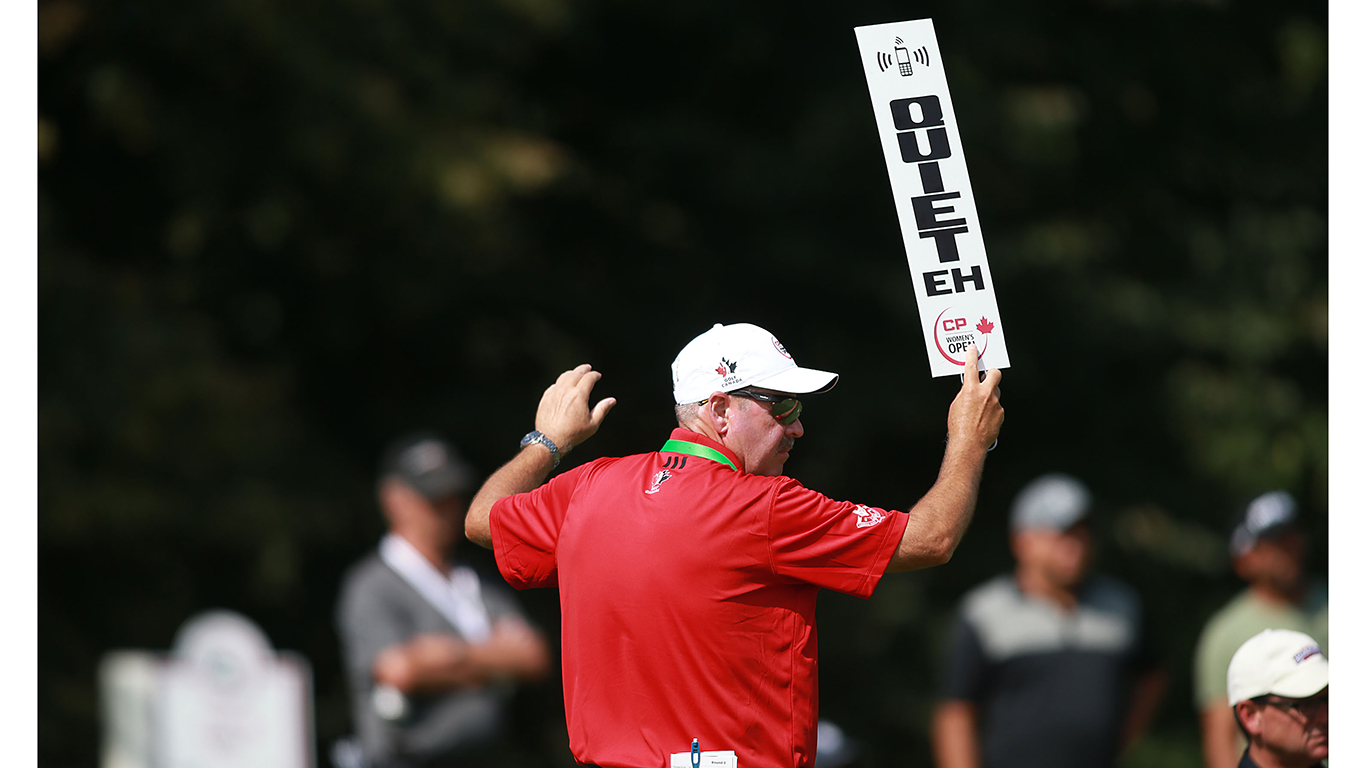
4. ‘Eh’
Pronounced like the letter A, Canadians use “eh” so often it has become an international joke. (How do you spell Canada? C eh N eh D eh…) “Eh” can be used to indicate misunderstanding, disbelief, or prod for a response in the same manner Americans would use “huh” or “right?”
[in-text-ad-2]
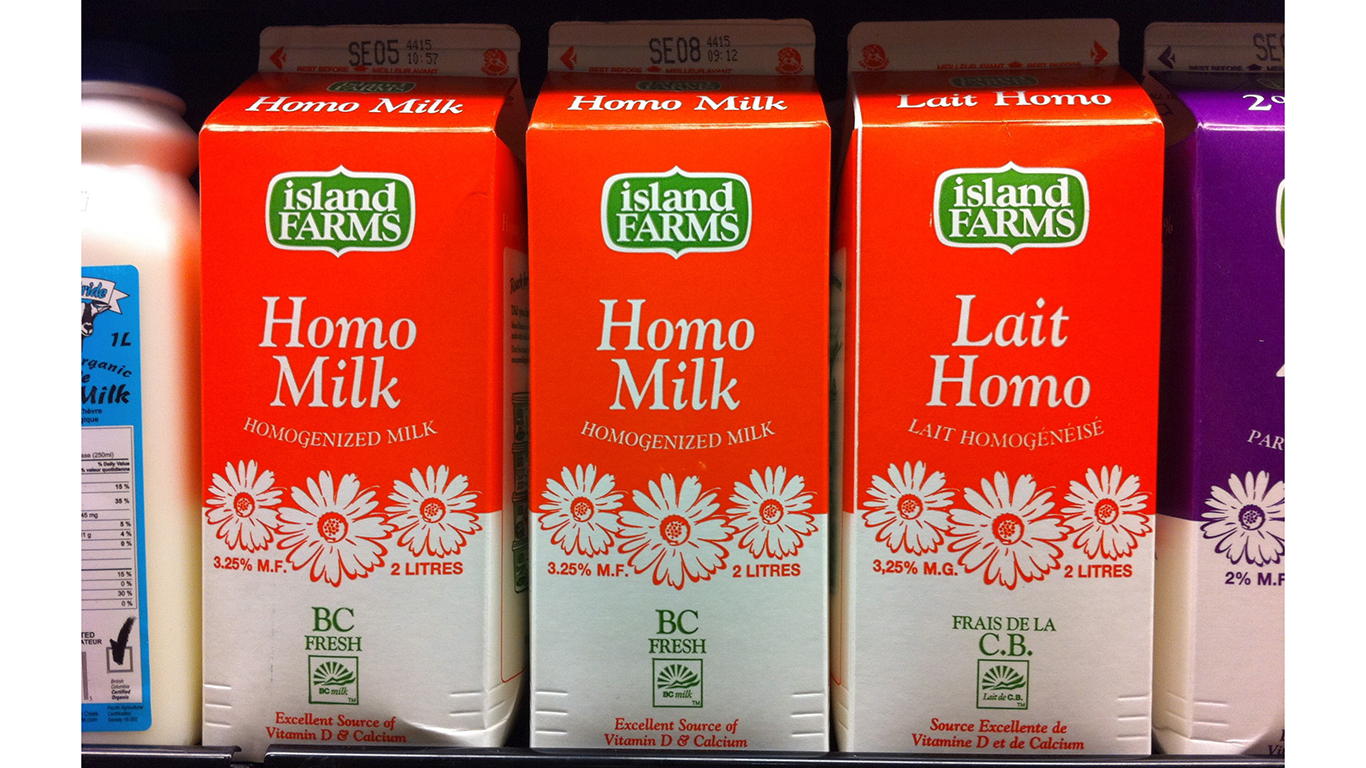
5. Homo milk
This is not an inappropriate slur. Homo is simply short for homogenized and refers to whole milk. Funny thing, all milk in Canada (1%, 2%) is homogenized, but homo milk only refers to the 3.25% fat.
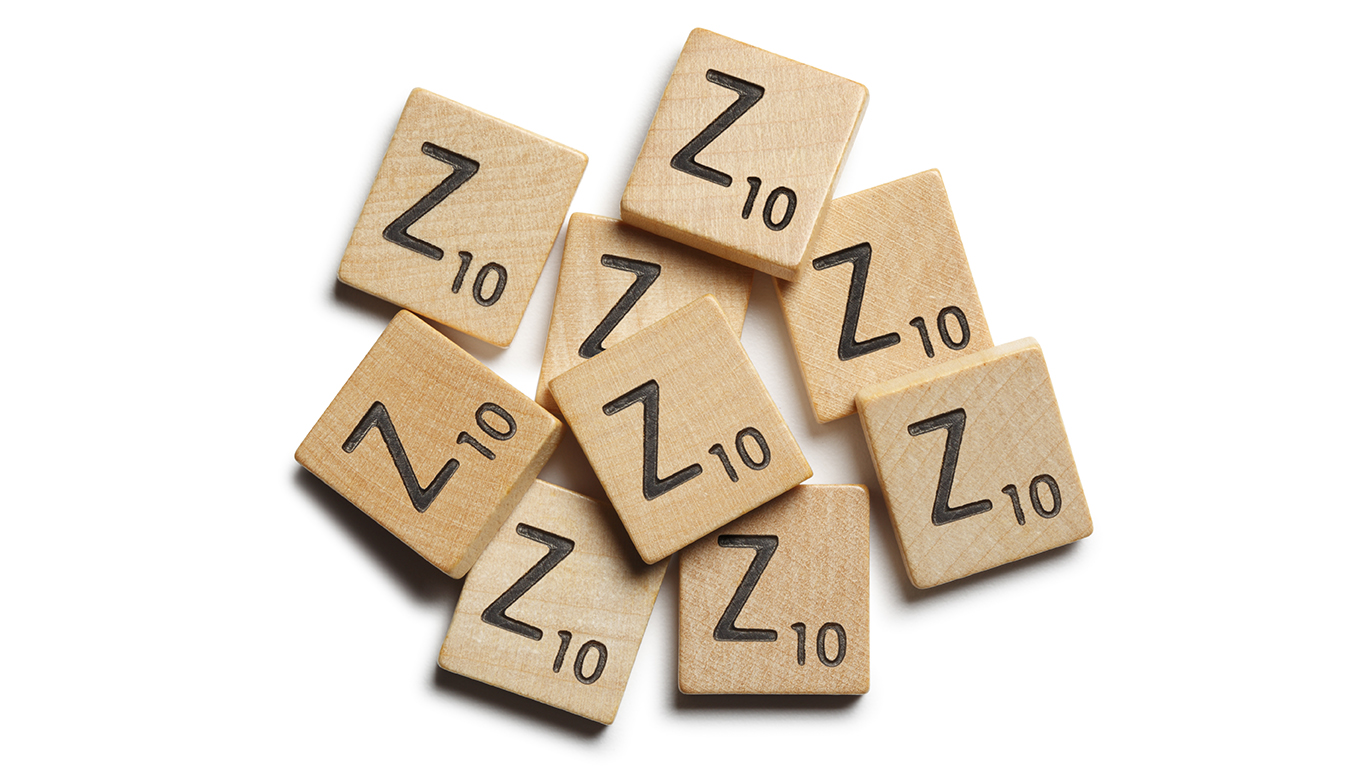
6. Zed
Simply the last letter of the alphabet, what Americans call Zee.
[in-text-ad]
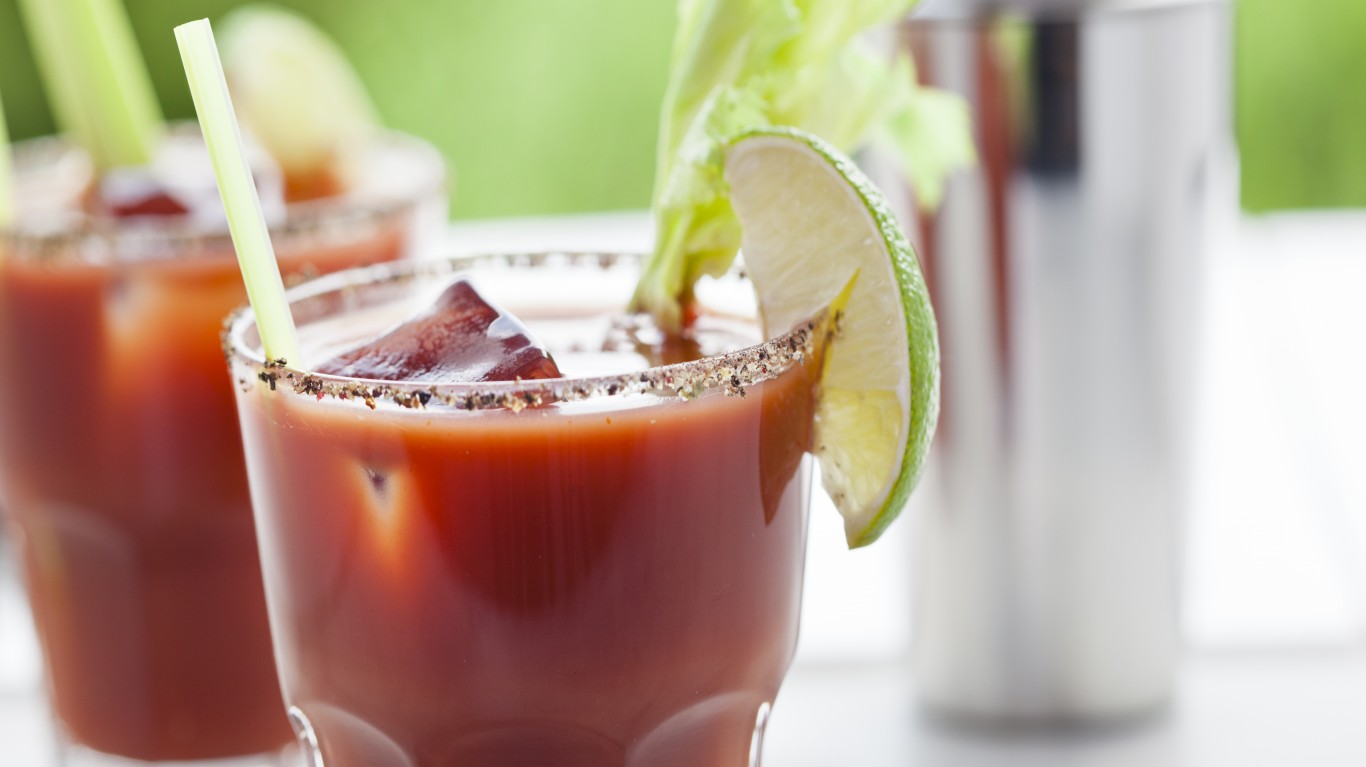
7. Caesar
If you’re a fan of spicy mixed drinks, try a Caesar next time you’re north of the border. Similar to a Bloody Mary — and many would argue far superior — it’s made with vodka, clamato juice, Worcestershire and Tabasco sauces, and garnished with a celery stick. Here’s a recipe.
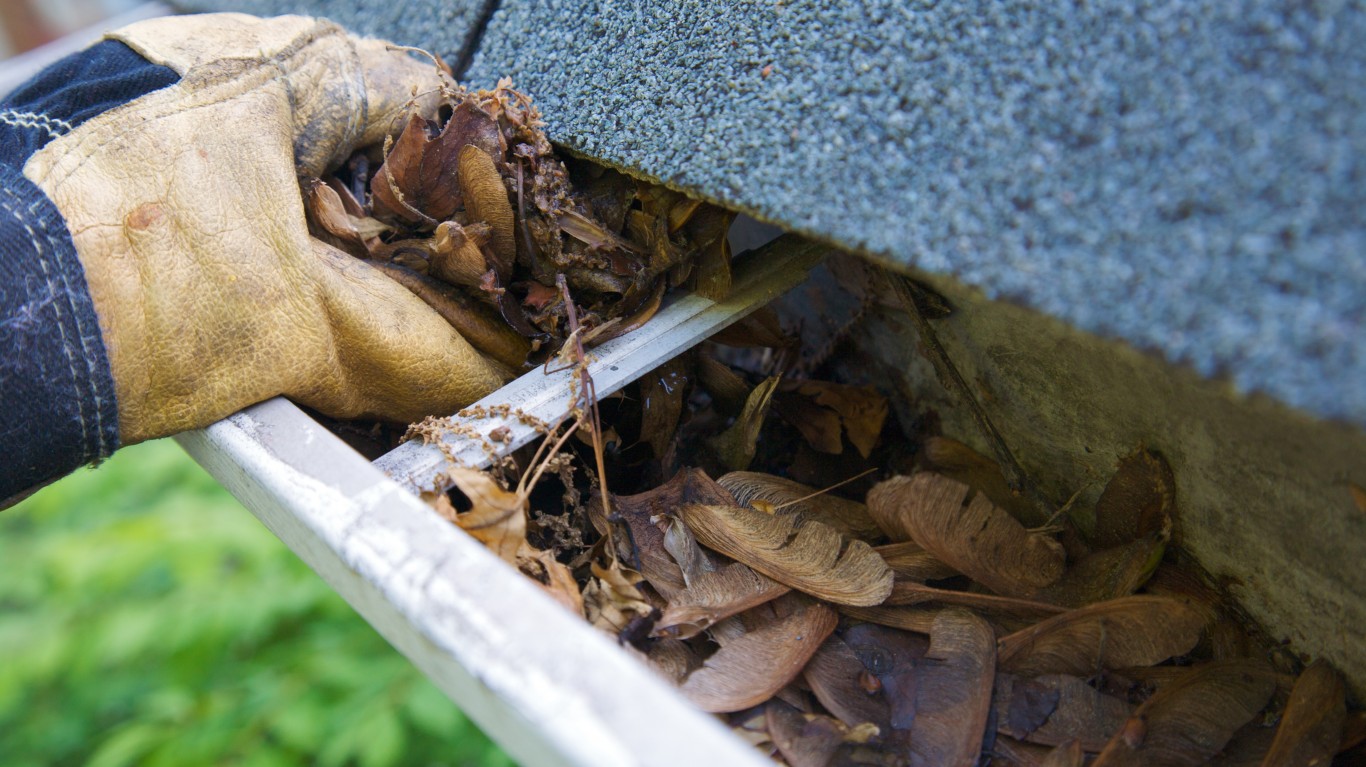
8. Eavestroughs
Eaves are the parts of the roof that hang over a building. Trough is a long container to water animals. Eavestroughs are the channels that collect water from the roof — Americans know them as gutters.
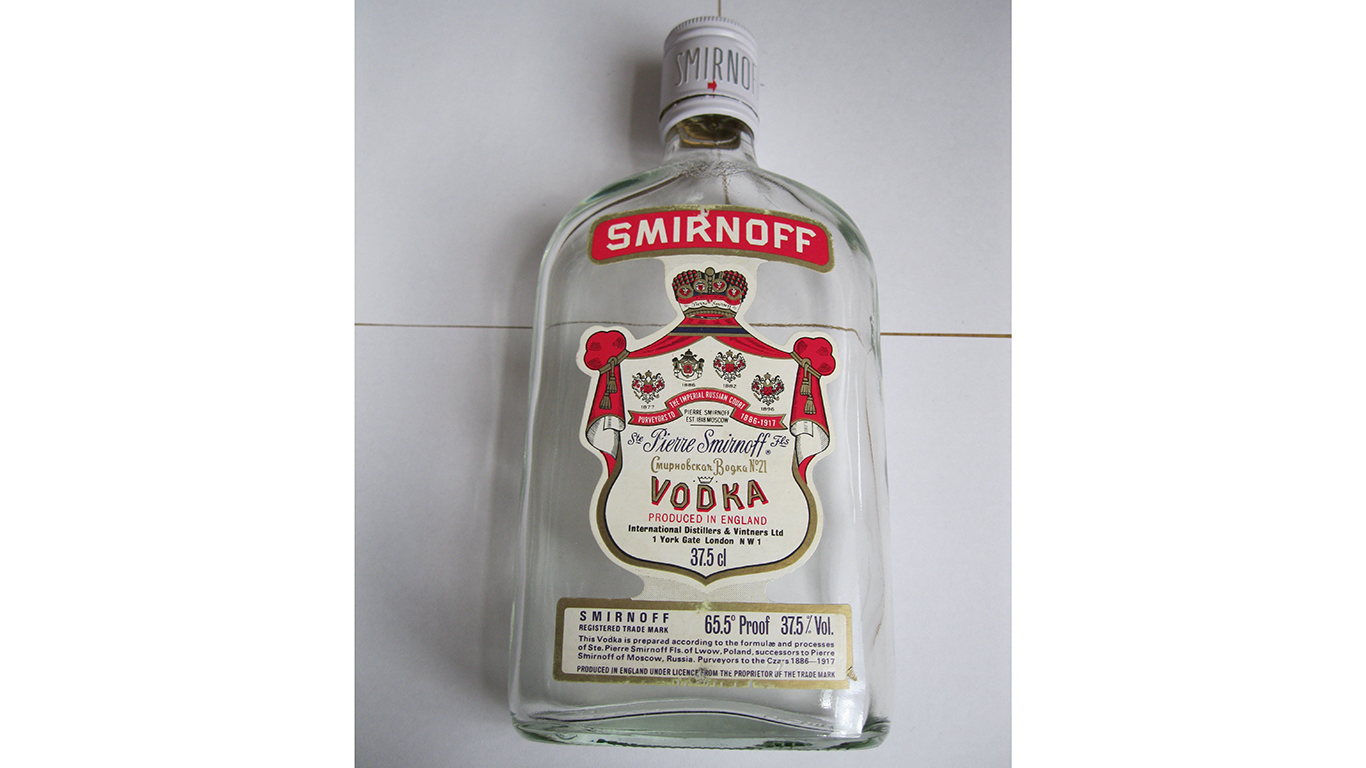
9. Mickey
Alas, to many Americans “mickey” refers to a date rape drug. But to Canadians, a mickey — of whiskey, vodka, or any liquor — is a bottle usually shaped like a flask that’s half the size of a fifth (375 ml) and can easily fit in your (large) pocket or purse.
[in-text-ad-2]
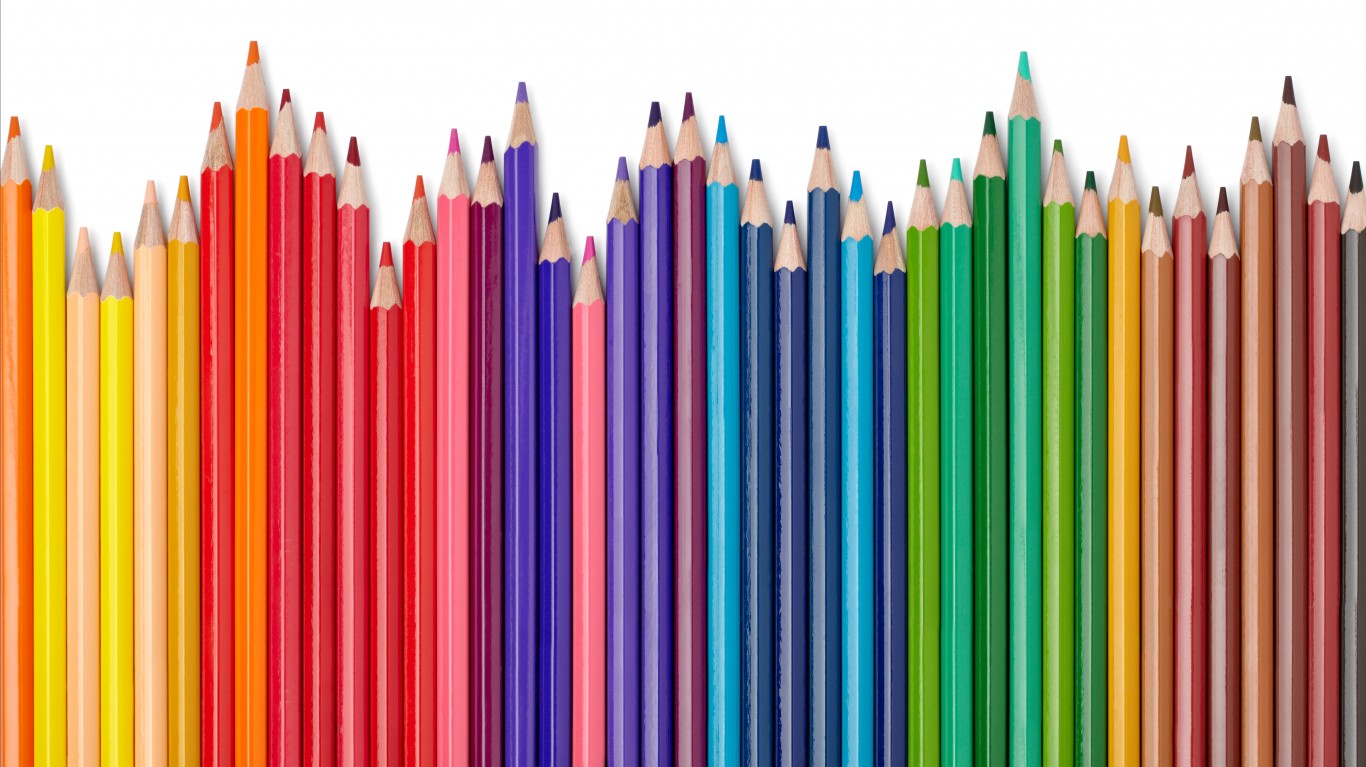
10. Pencil crayons
Remember that in Canada French is an official language? So what Americans call “colored pencils” would be “crayon de couleur” in French. The result? Canadians call them pencil crayons (or pencil pencils?).
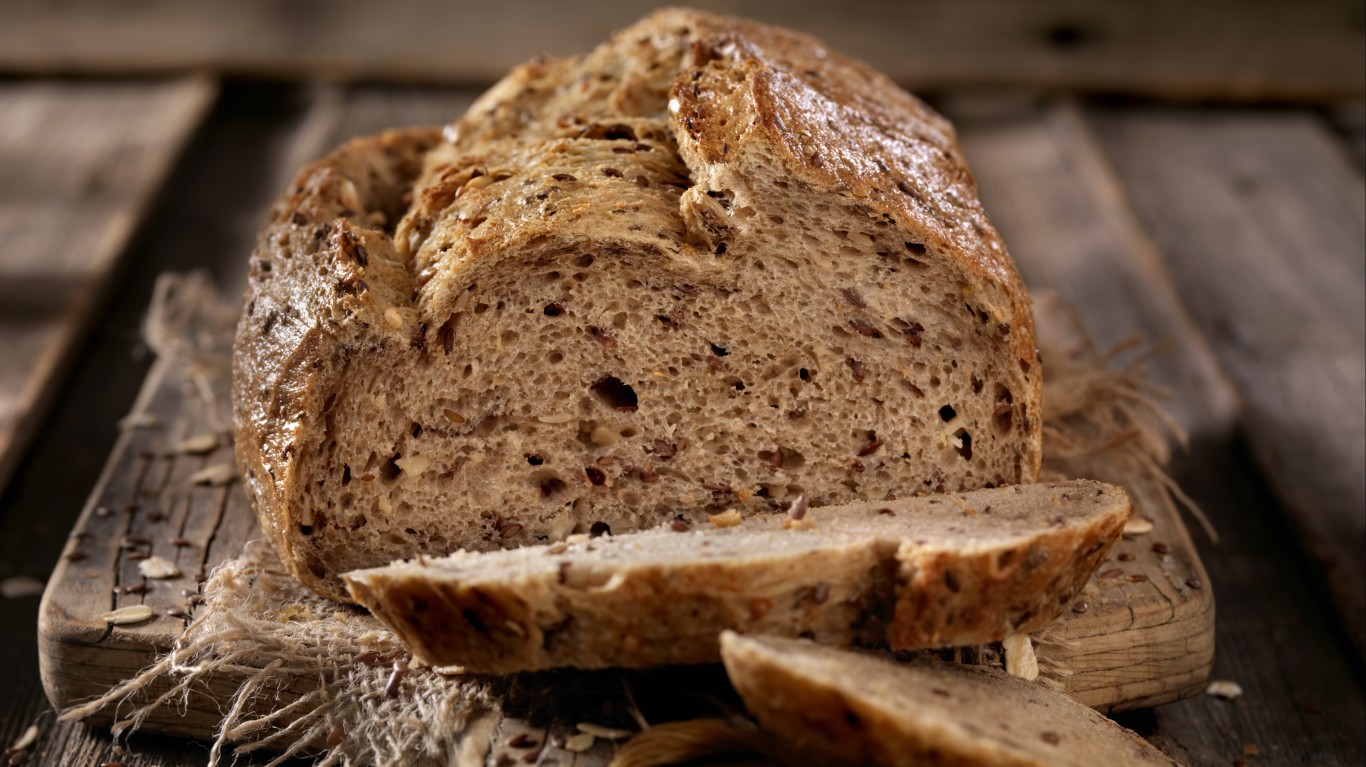
11. Brown bread
If a Canadian server asks you if you want brown or white toast with your eggs, he means whole wheat or white.
[in-text-ad]
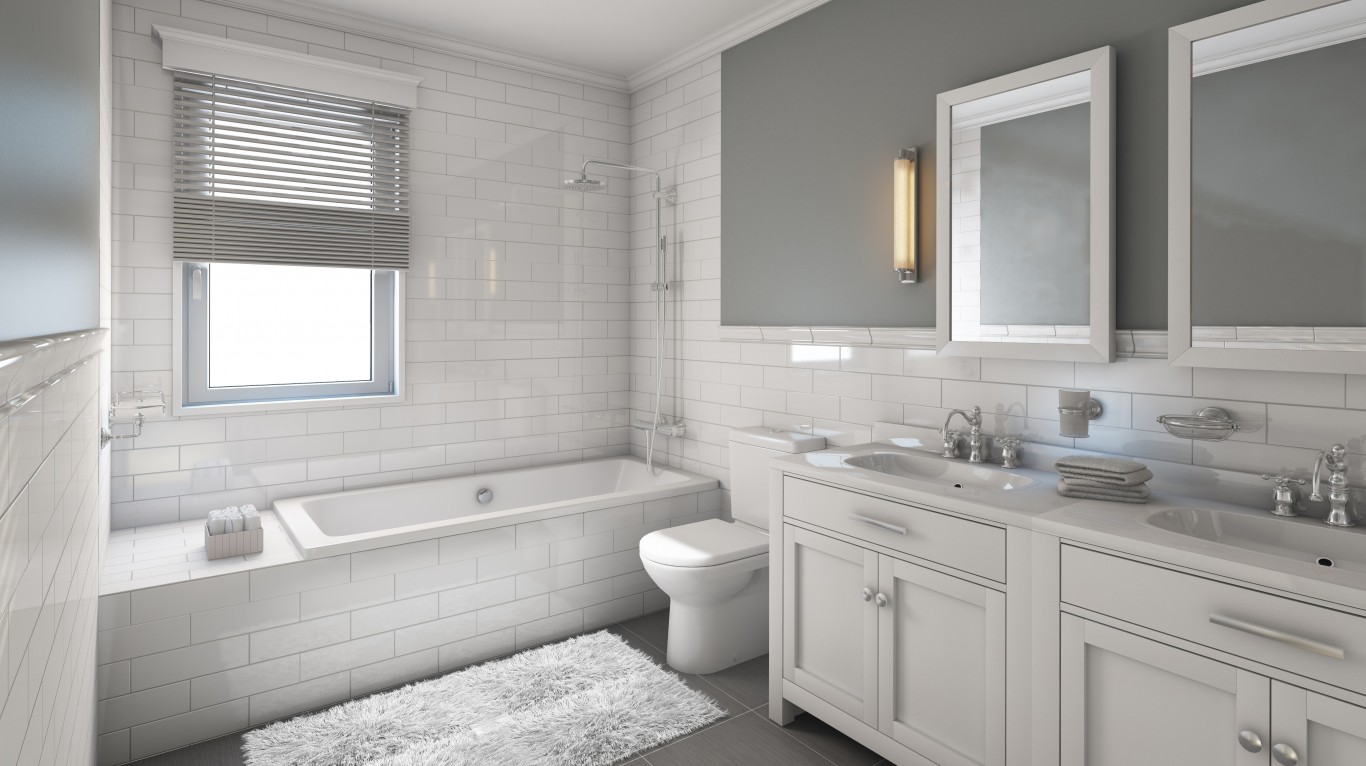
12. Washroom
No, he doesn’t want to take a shower. When a Canadian asks you where the washroom is, he’s simply looking for the restroom.
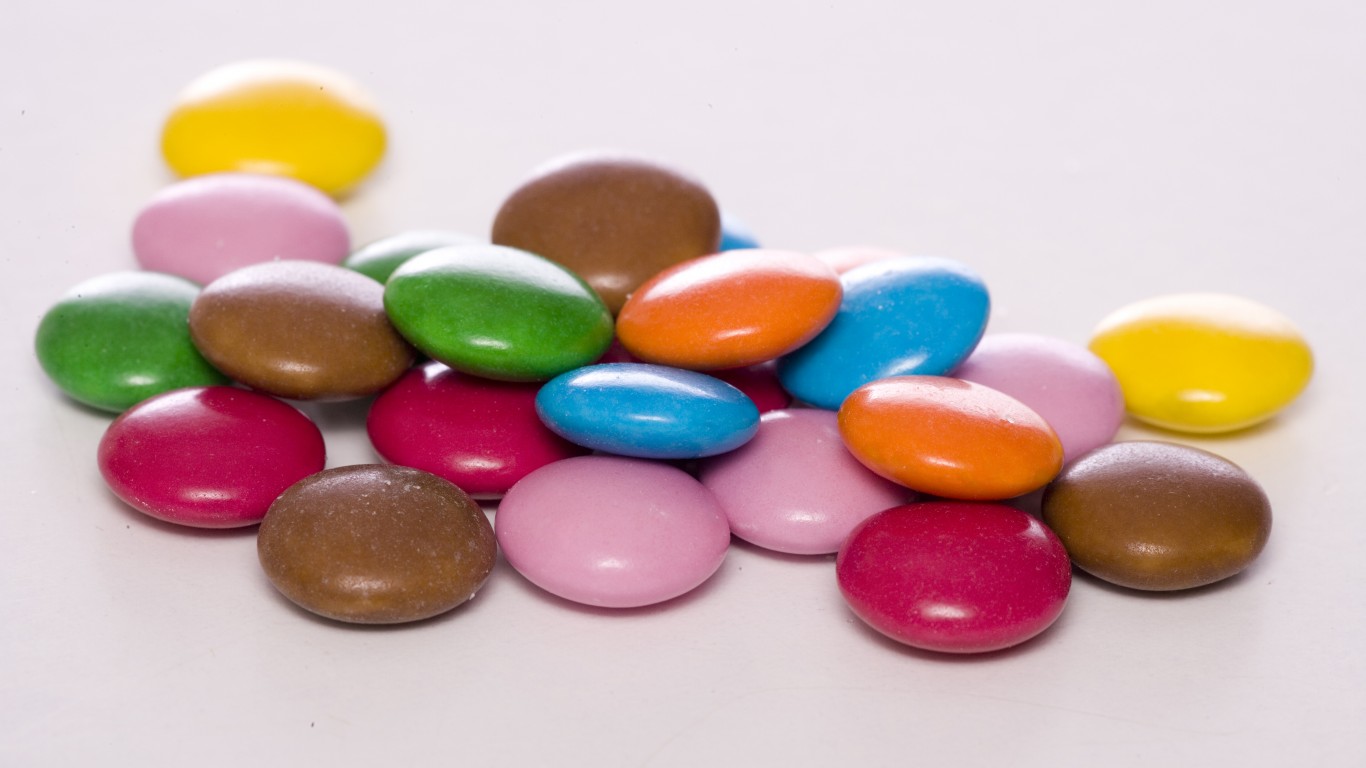
13. Smarties and Rockets
Want to get totally confused? Smarties in Canada are M&M-like candies made by Nestle (M&Ms are made by Mars). And the tablet candies Americans call Smarties? Well, they’re called Rockets to avoid confusion with Smarties. But both Rockets and Smarties are made by Smarties Candy Company.
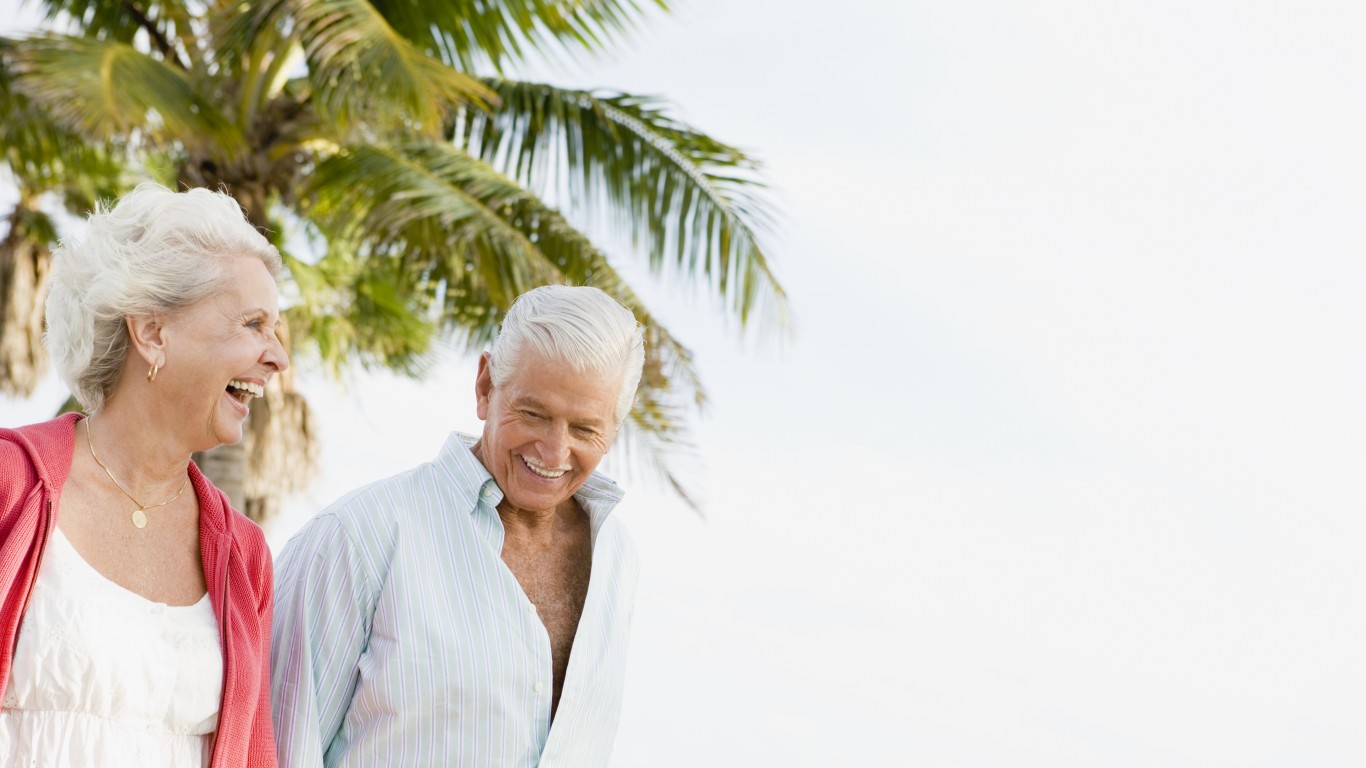
14. Snowbird
Retired Canadians, but really people of any age, who spend the winter in warmer climates are called snowbirds.
[in-text-ad-2]
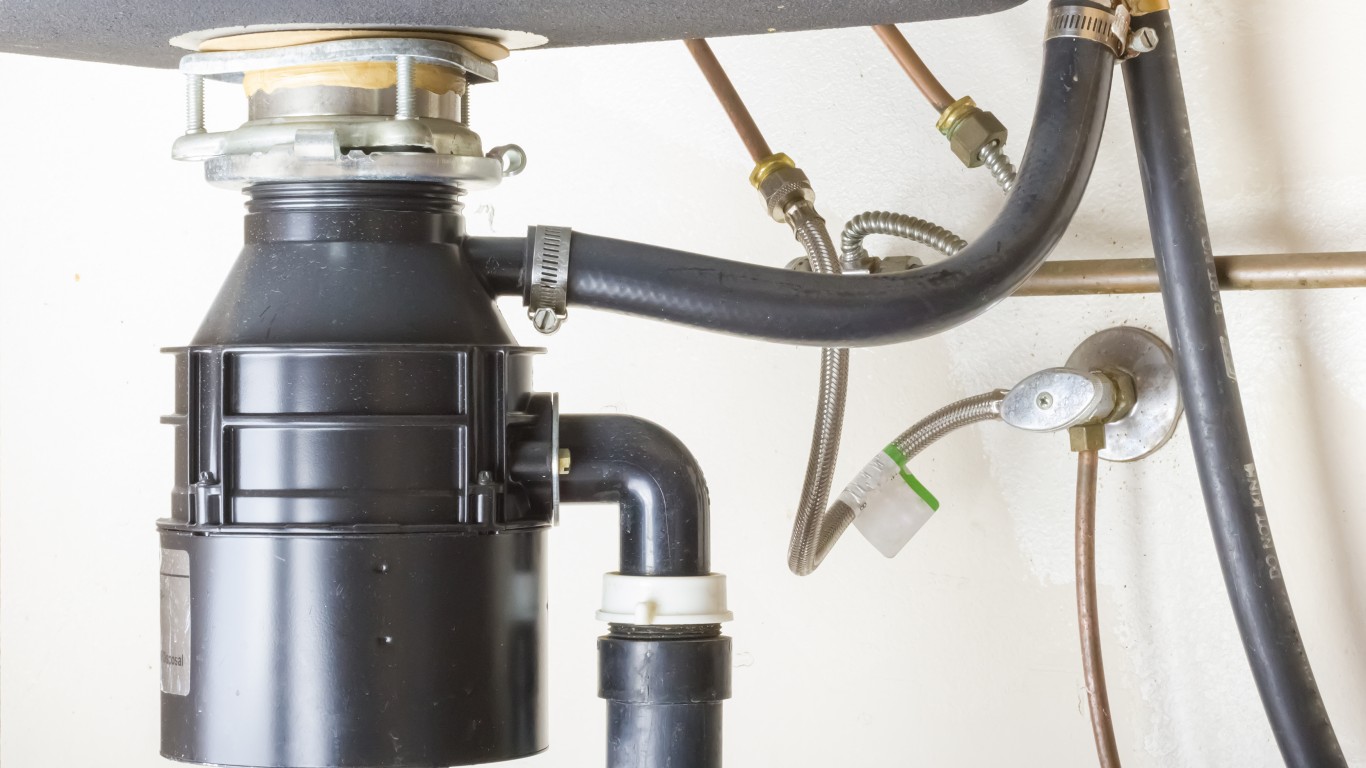
15. Garburator
It sounds like a garbage-eating machine, and that’s exactly what it is — the garbage disposal device at the bottom of the kitchen sink. It’s likely a combination of the words garbage and macerator.
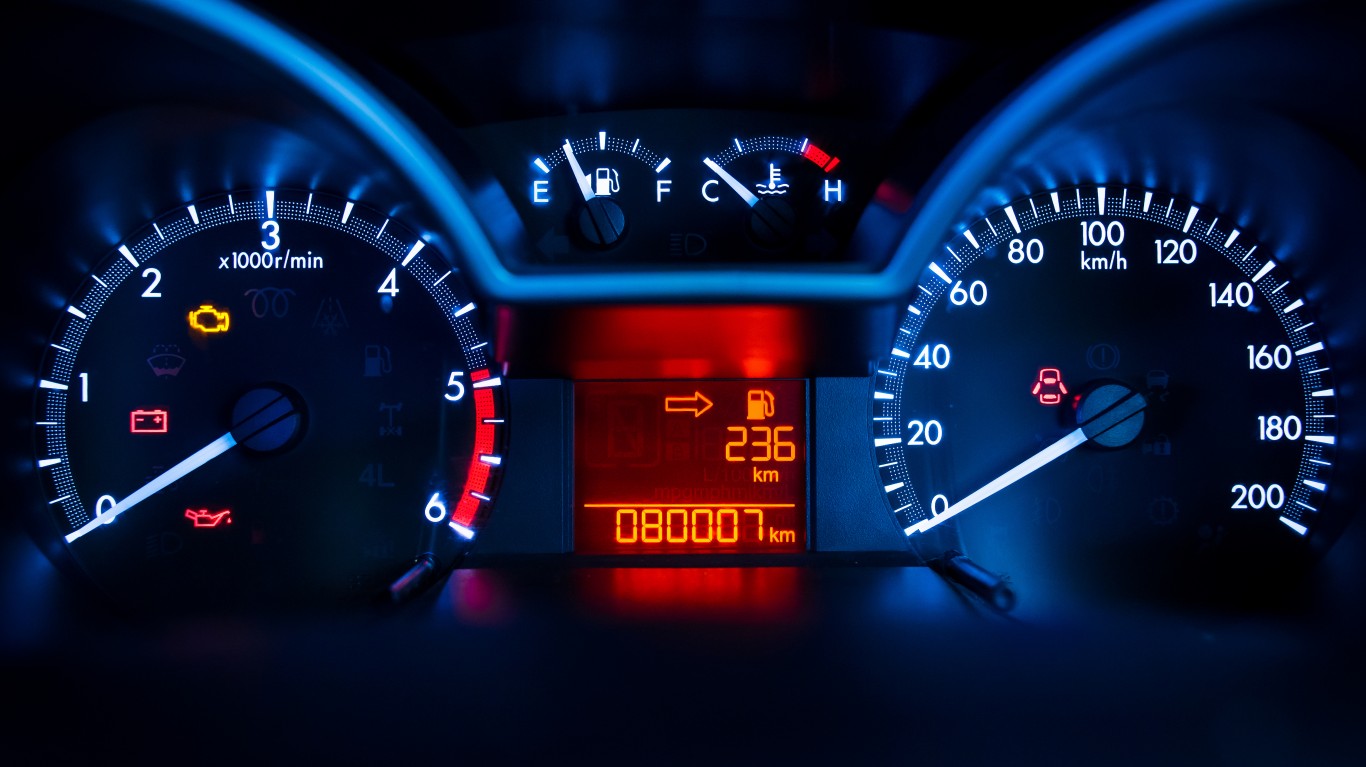
16. Klick
Klick is colloquial term for kilometre — or the American spelling kilometer — as in, “The store is just 7 klicks away.”
[in-text-ad]
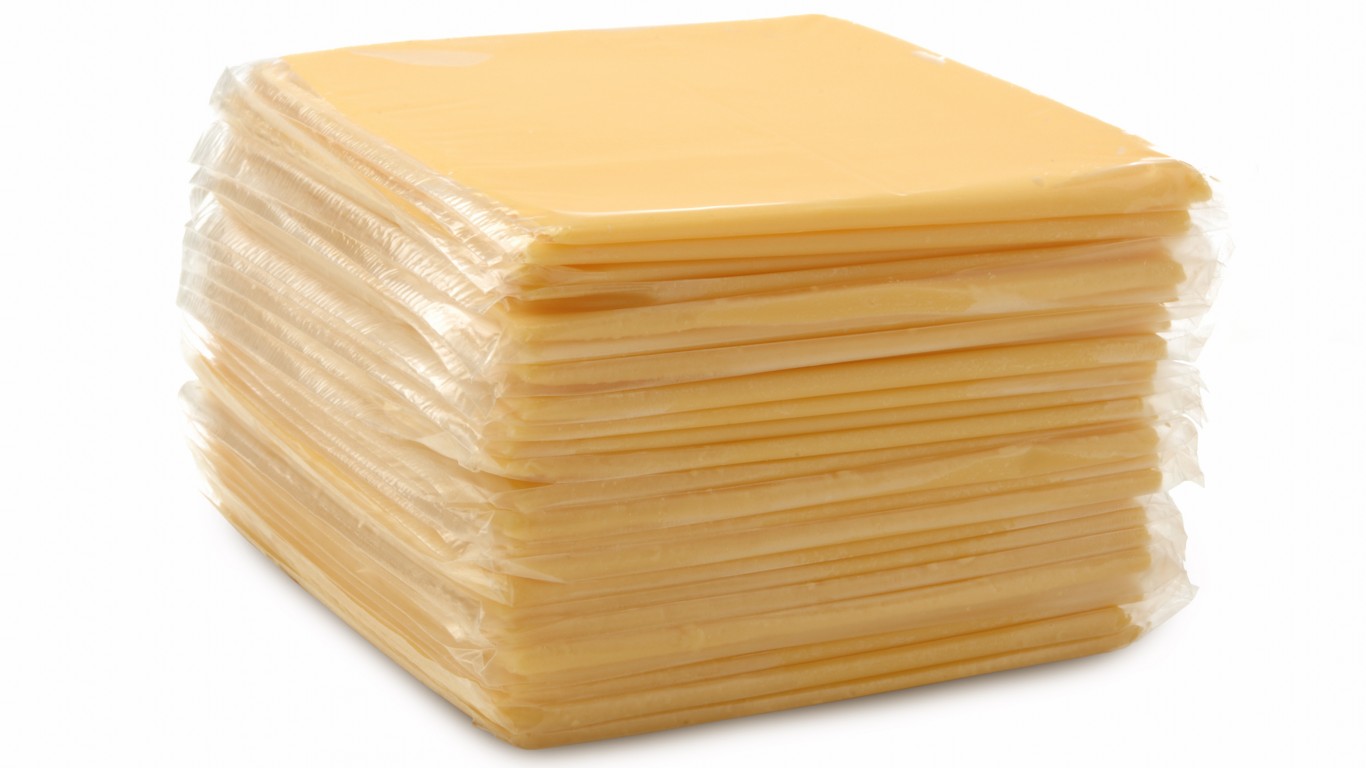
17. Processed cheese
What Americans refer to as American cheese, Canadians call processed cheese. Enough said.
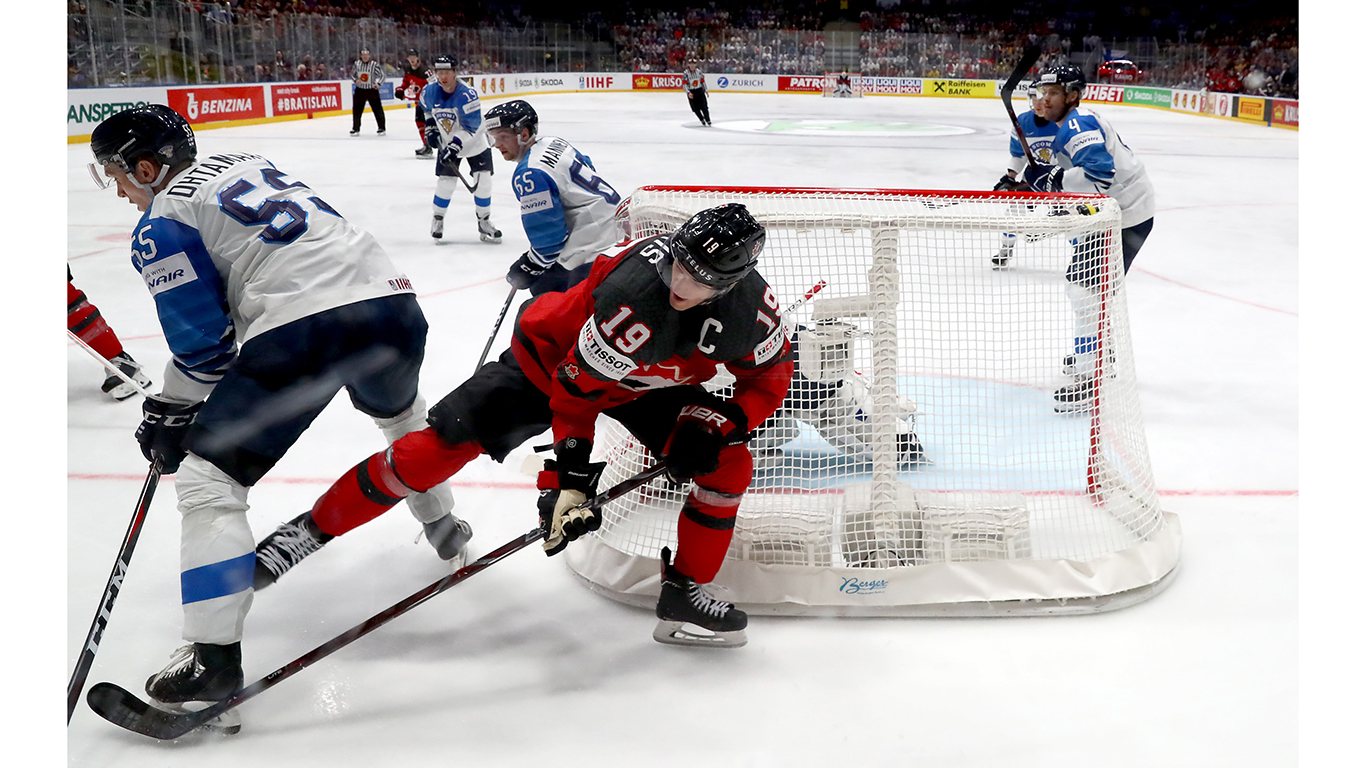
18. Deke
With origins in hockey (Canadians don’t specify ice hockey as that’s usually what they mean), deke means to take an opponent out of position by faking a move.
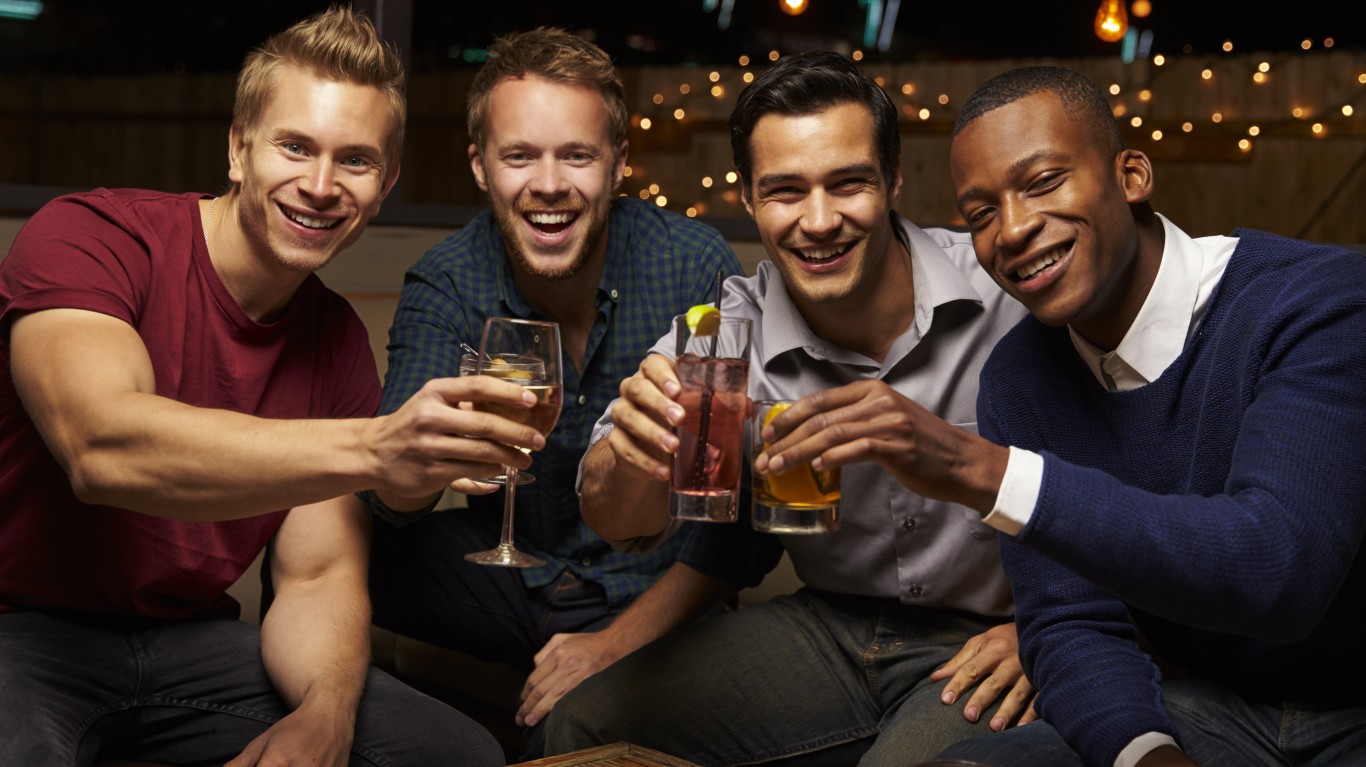
19. Stag and stagette parties
Americans have bachelors parties, but Canadians kept the British term — stag party. And the bachelorettes? They have a stagette.
[in-text-ad-2]
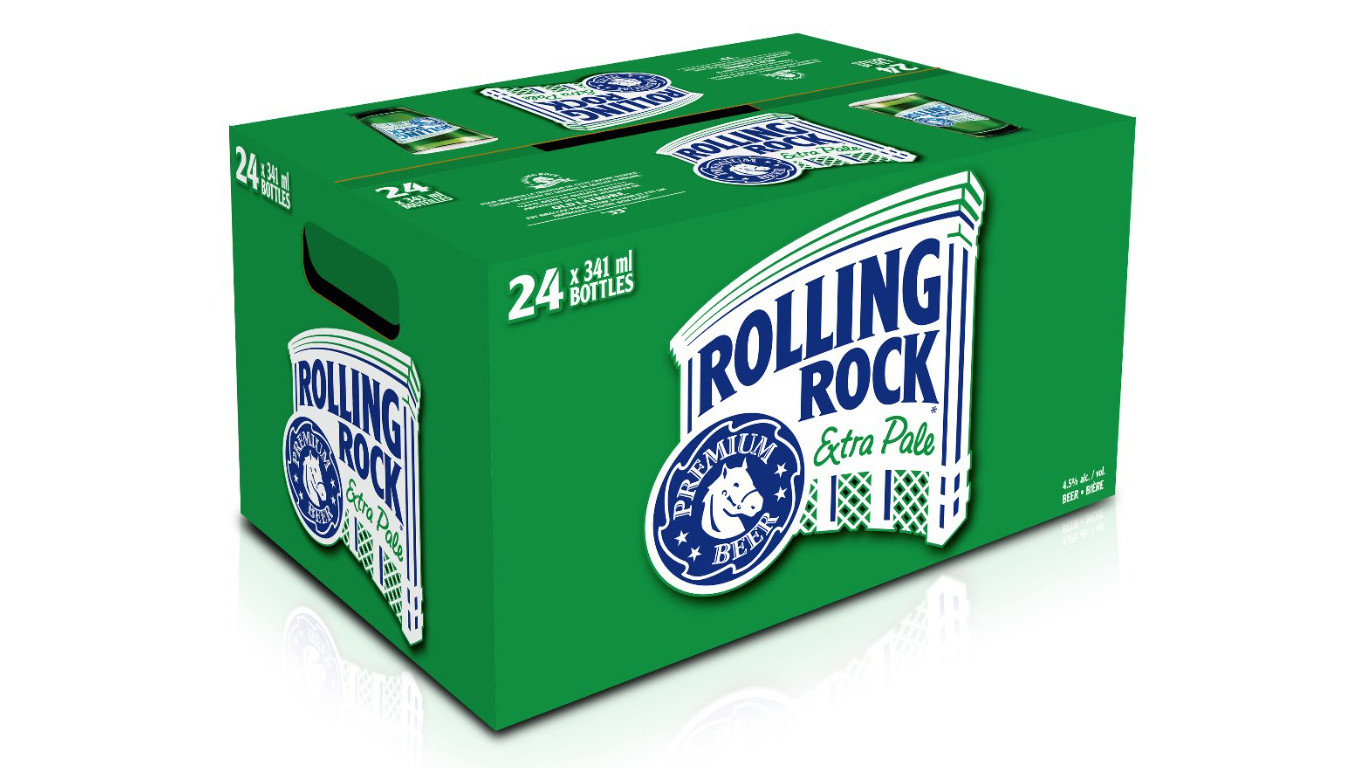
20. Two-four
Another uniquely Canadian boozy reference, this one simply means a case of 24 beers. “Case” usually refers to a case of 12 beers, and half-sack to a six pack (of beer).
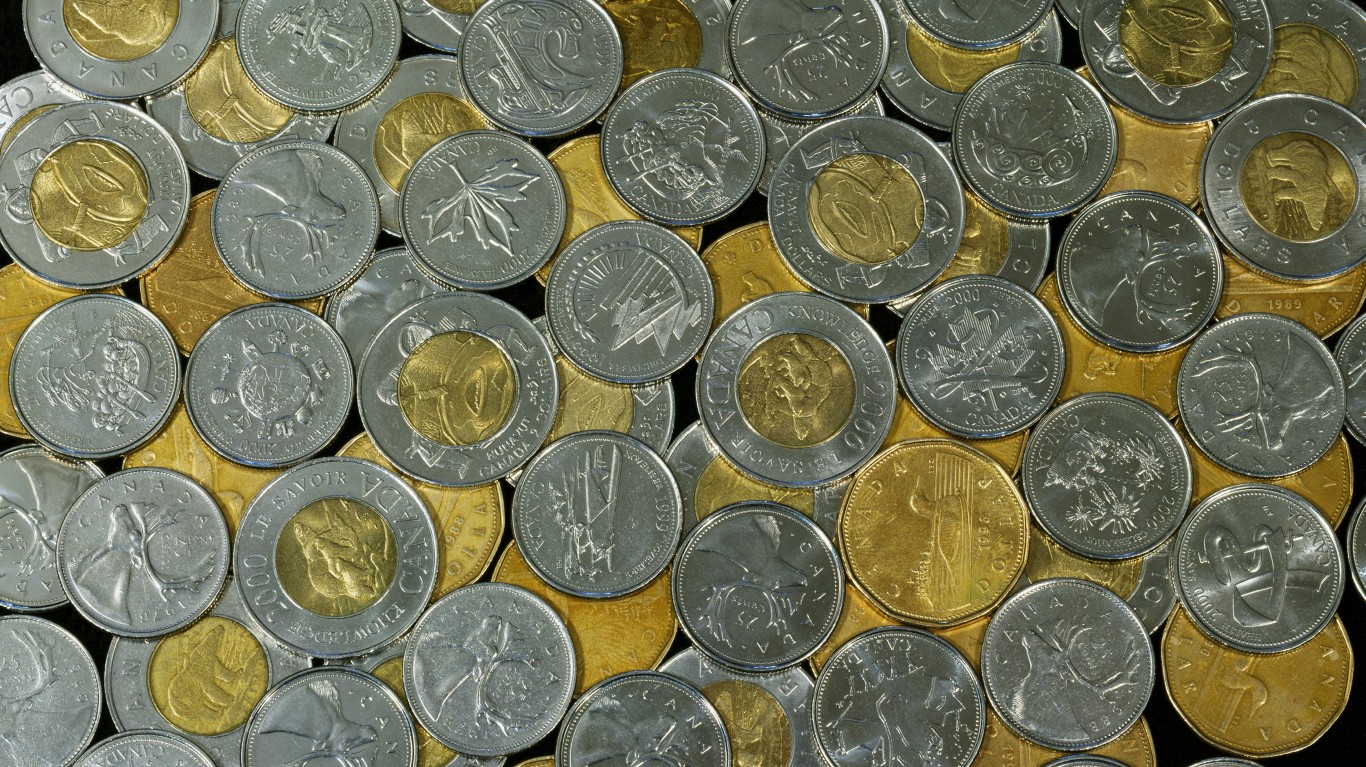
21. Loonies and toonies
True, both countries call their currency “dollar,” but they’re not the same dollars. For one, Canada issues $1 coins — the loonies (or loonie), and $2 coins — the toonies (or toonie).
[in-text-ad]
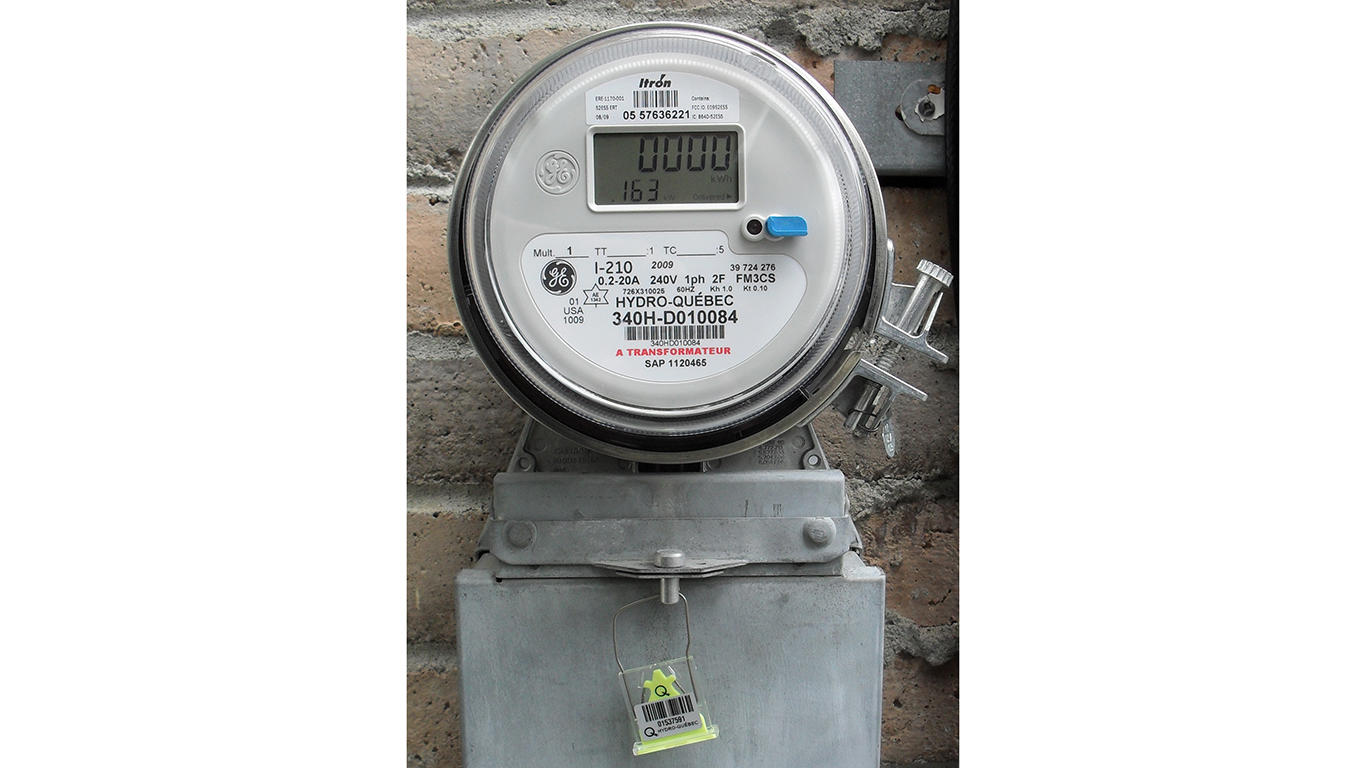
22. Hydro
Because much of Canadian electricity comes from hydropower (water power), they simply refer to electricity as hydro. As in, “What a huge hydro bill I got this month!”
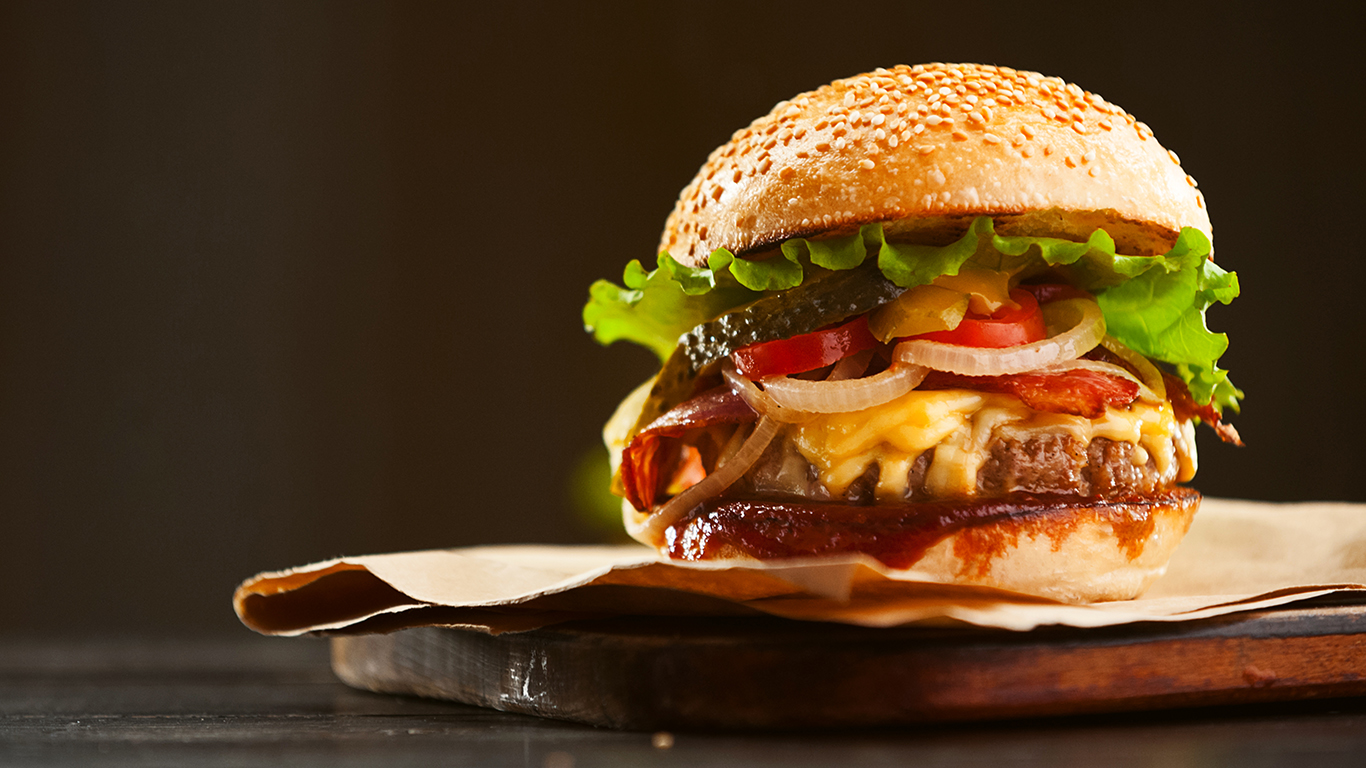
23. All-dressed
When a Canadian orders her burger or hot dog all dressed, she wants all the fixins. All-dressed is also a type of potato chips that combines the barbecue, salt and vinegar, and ketchup flavors. All-dressed pizza comes with pepperoni, mushrooms, and green peppers.
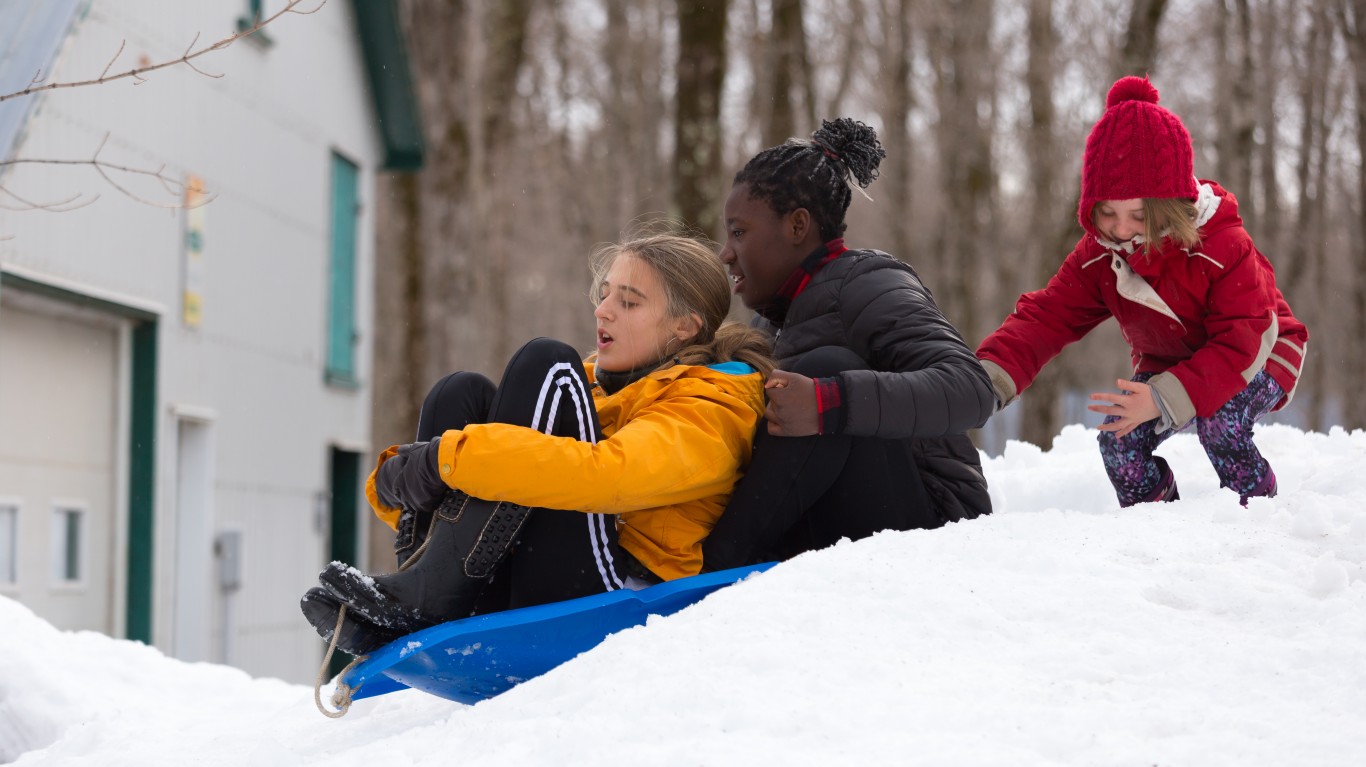
24. Toboggan
Fun activities are a must in the long, cold winter, and Canadians use a toboggan to go tobogganing when the snow is piling. That is, they use a narrow sled to slide downhill. The origin of the word is probably from an Algonquian language.
[in-text-ad-2]
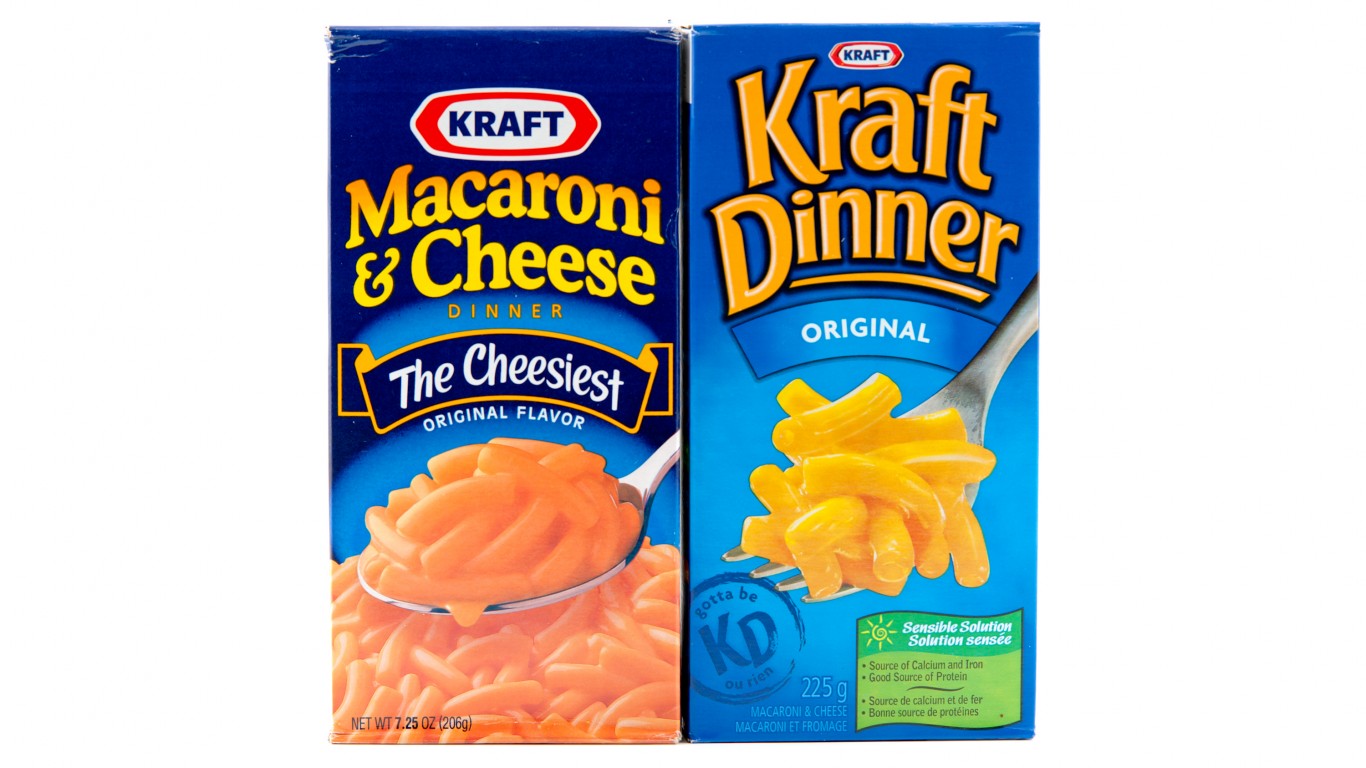
25. KD
The world might think of KD as Kevin Durant, but in Canada, long before the multiple All-Star player joined the NBA, KD stood for Kraft Dinner, known in the U.S. as Kraft Macaroni & Cheese Dinner or Kraft Mac & Cheese.
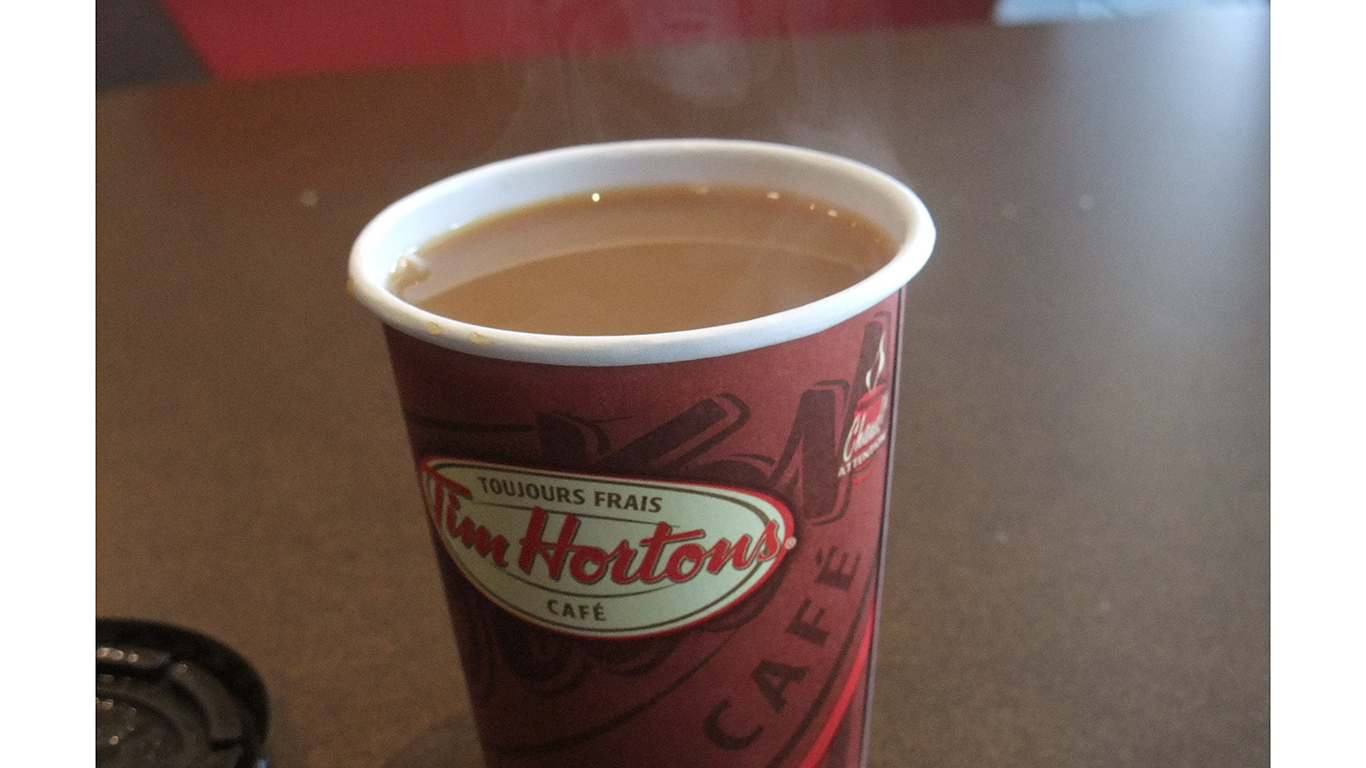
26. Double-double
While Tim Hortons is making a strong push into the U.S. — though not always with great success — the doughnut and coffee chain couldn’t be more popular in Canada. And when Canadians order a double-double coffee at Tim’s, it comes with two creams and two sugars.
[in-text-ad]
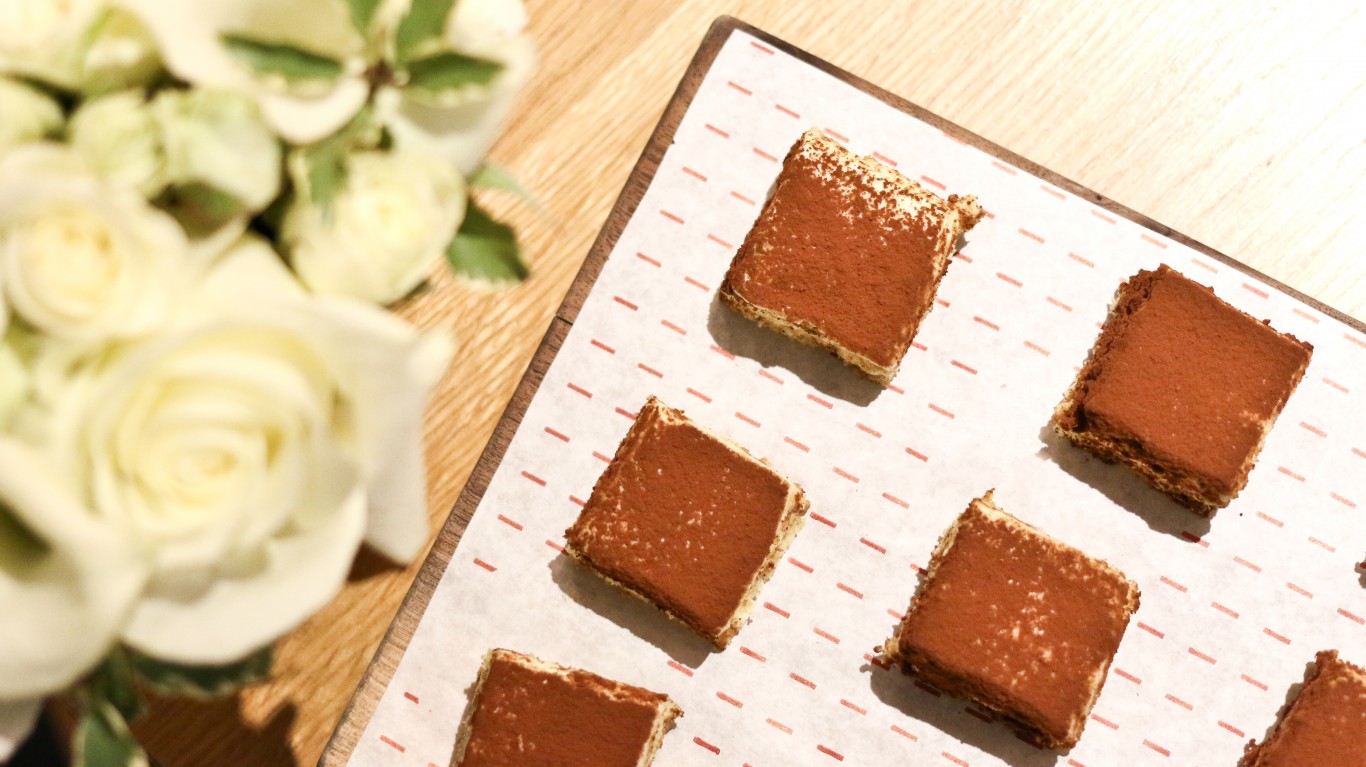
27. Nanaimo bar
This iconic no-bake coconutty, custardy, chocolatey dessert has its origins in Nanaimo, British Columbia. The Vancouver Island city website has a recipe for the ultimate Nanaimo bar.
Other uniquely Canadian foods include donair (spiced meat in pita invented in Halifax), poutine (fries smothered in cheese curds and gravy), and tourtiere (French-Canadian meat pie).
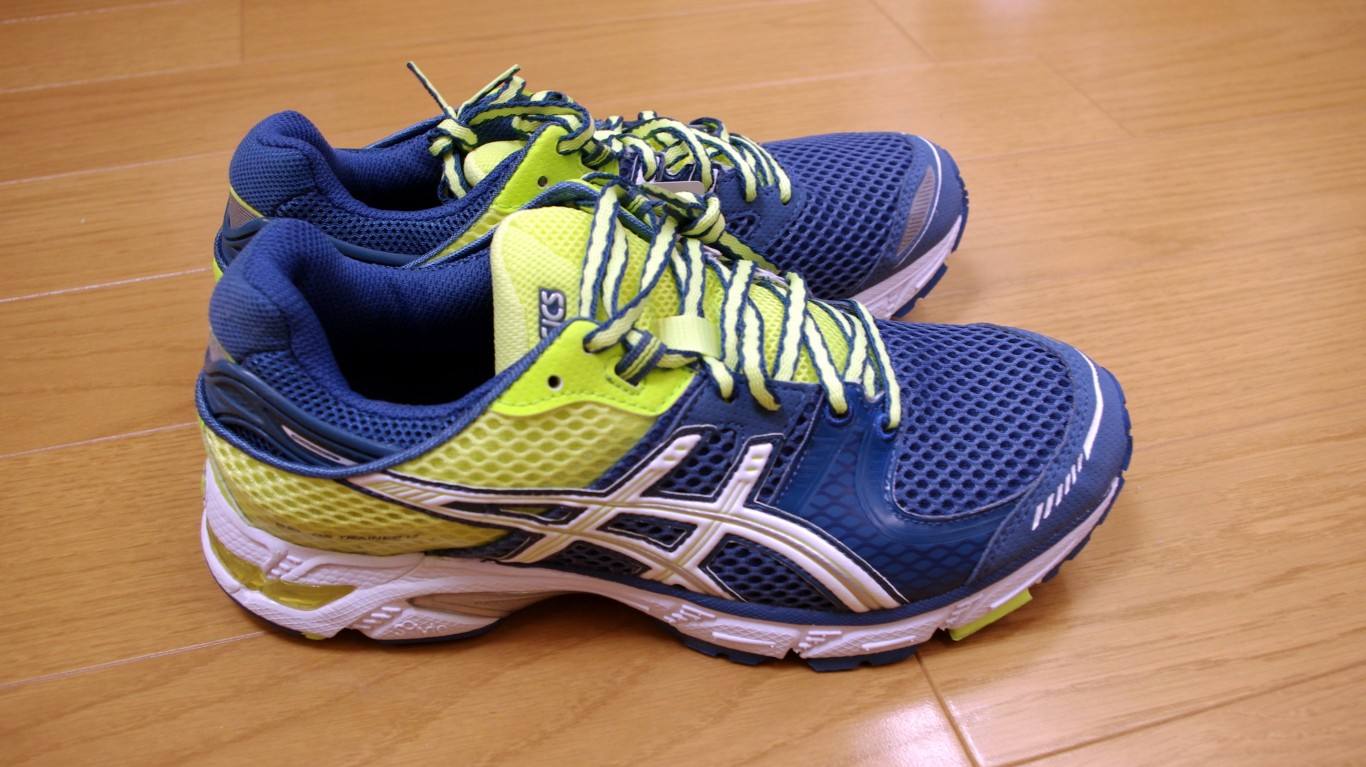
28. Runners
You might think of runners as a type of narrow tablecloth running down the middle of a table, but in Canada runners usually refers to any athletic footwear, such a sneakers or tennis shoes.
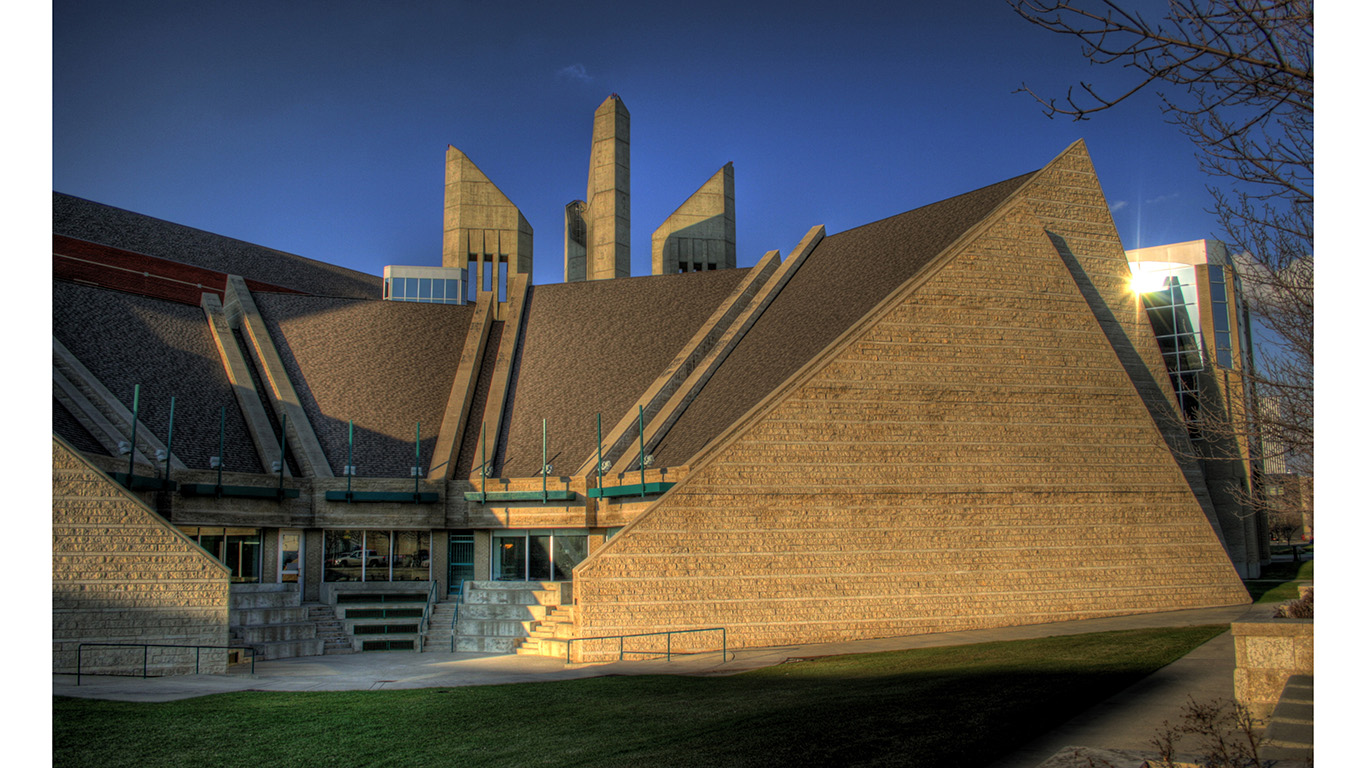
29. College
“College” in Canada generally refers to a two-year school with a specific focus, such as vocational, technical, or pre-collegiate education, that rarely offers a bachelor’s degree. University in Canada refers to schools that award bachelor’s degrees or higher.
[in-text-ad-2]
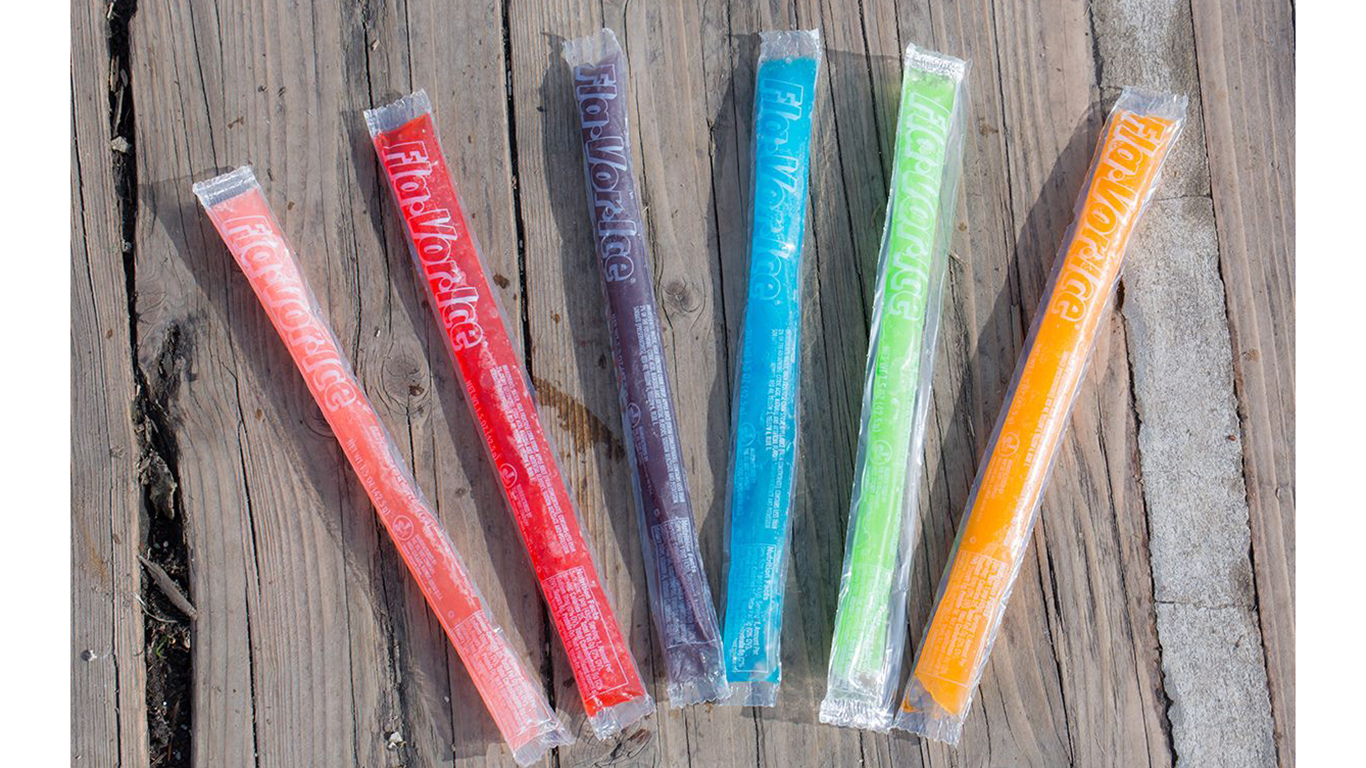
30. Freezies
It’s not an endless winter in Canada, and when it gets hot in summer, kids (and many adults) enjoy freezies — frozen flavoured sugar water that comes in a tube.
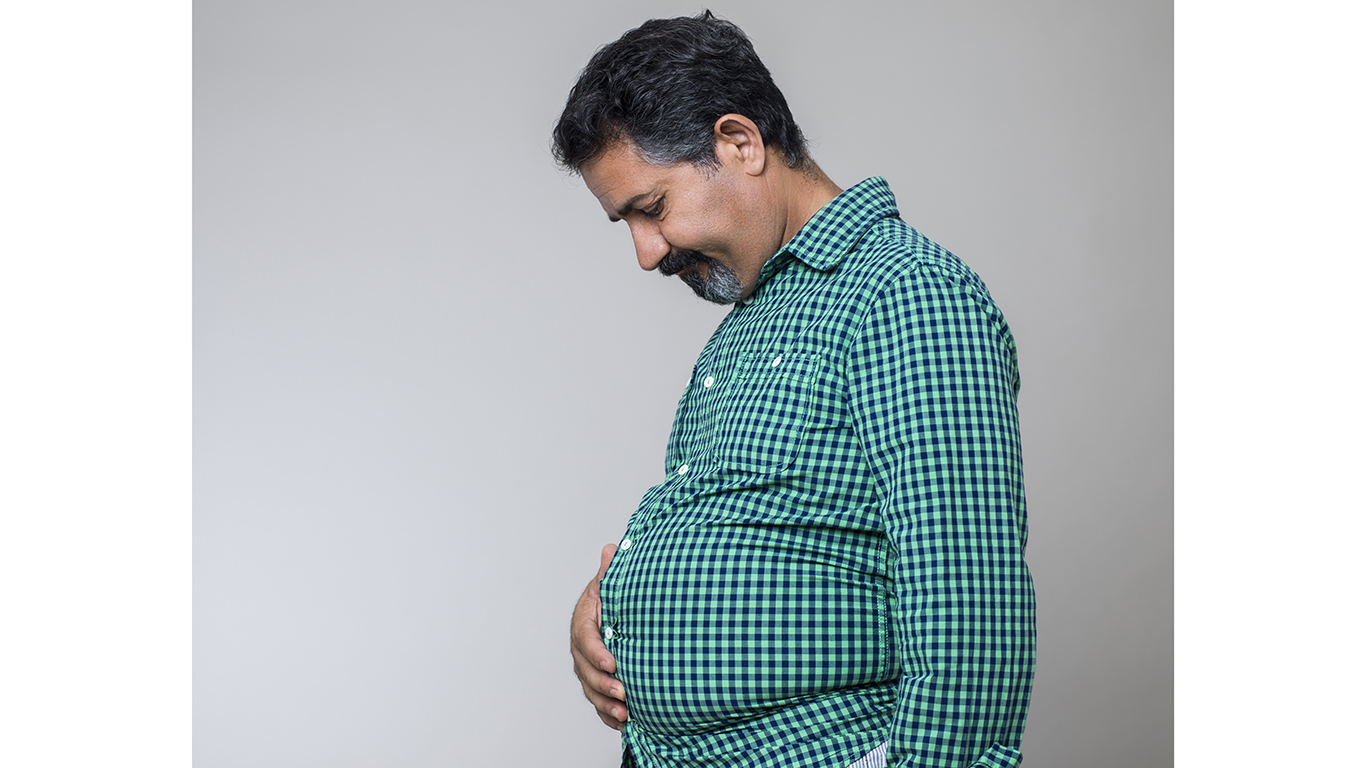
31. Molson muscle
What today has become a multinational brewing company (by merging with U.S.-based Coors) began as Molson Brewery in 1786 in Montreal. And a Molson muscle is simply a beer belly or potbelly.
[in-text-ad]
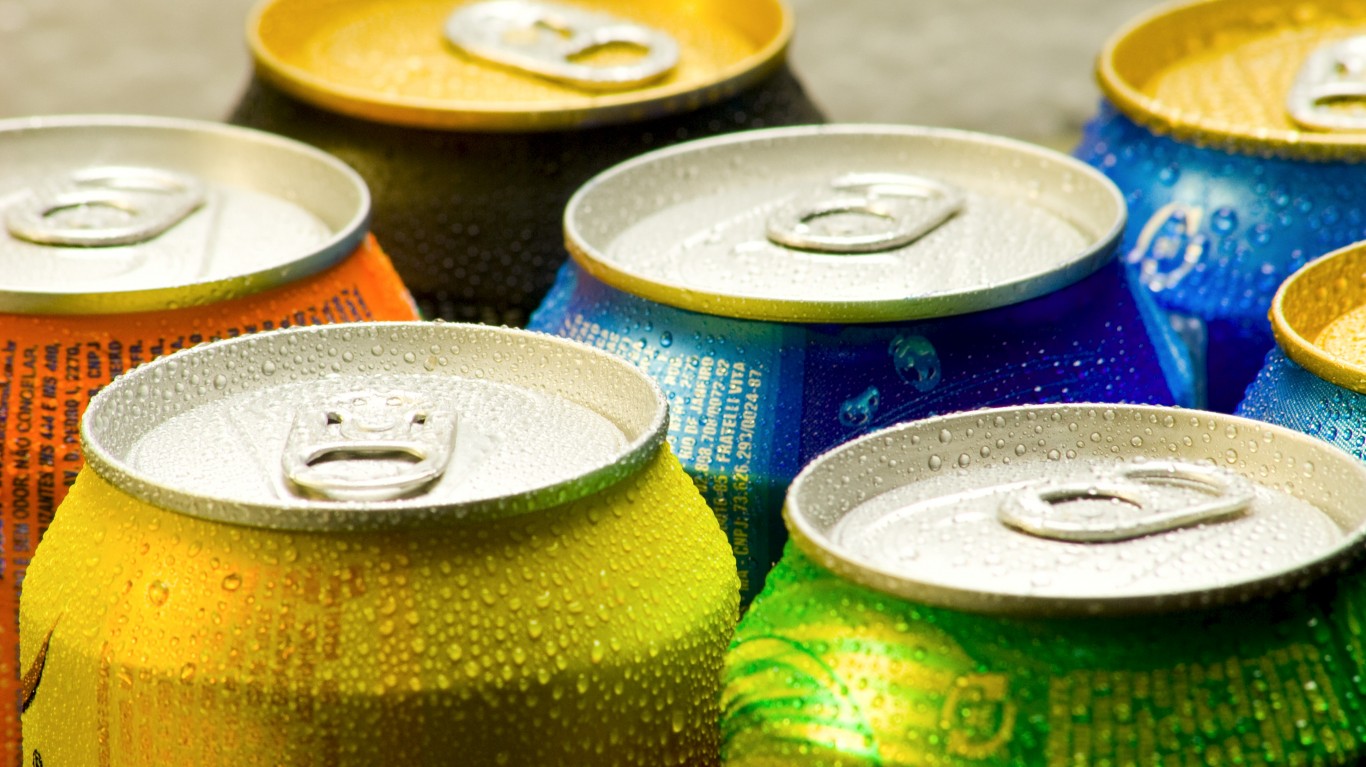
32. Pop and soda
When a Canadian asks what kind of pop you have, she’s asking about carbonated beverages like Coke and Pepsi. If she asks for a soda, she wants club soda.
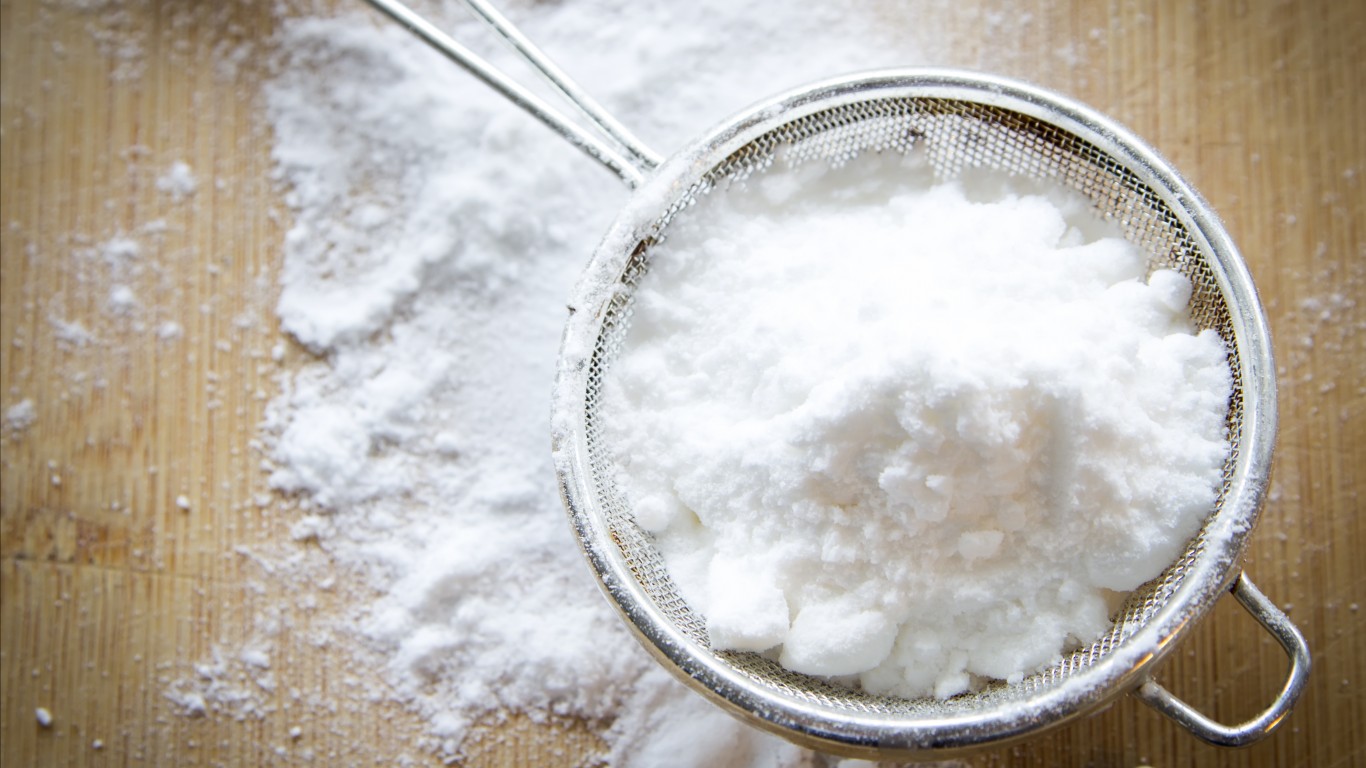
33. Icing sugar, whitener, chocolate bar
Icing sugar in Canada is powdered or confectioner’s sugar in the U.S. Whitener refers to a non-dairy coffee creamer (powder or liquid). Chocolate bar refers to a candy bar.
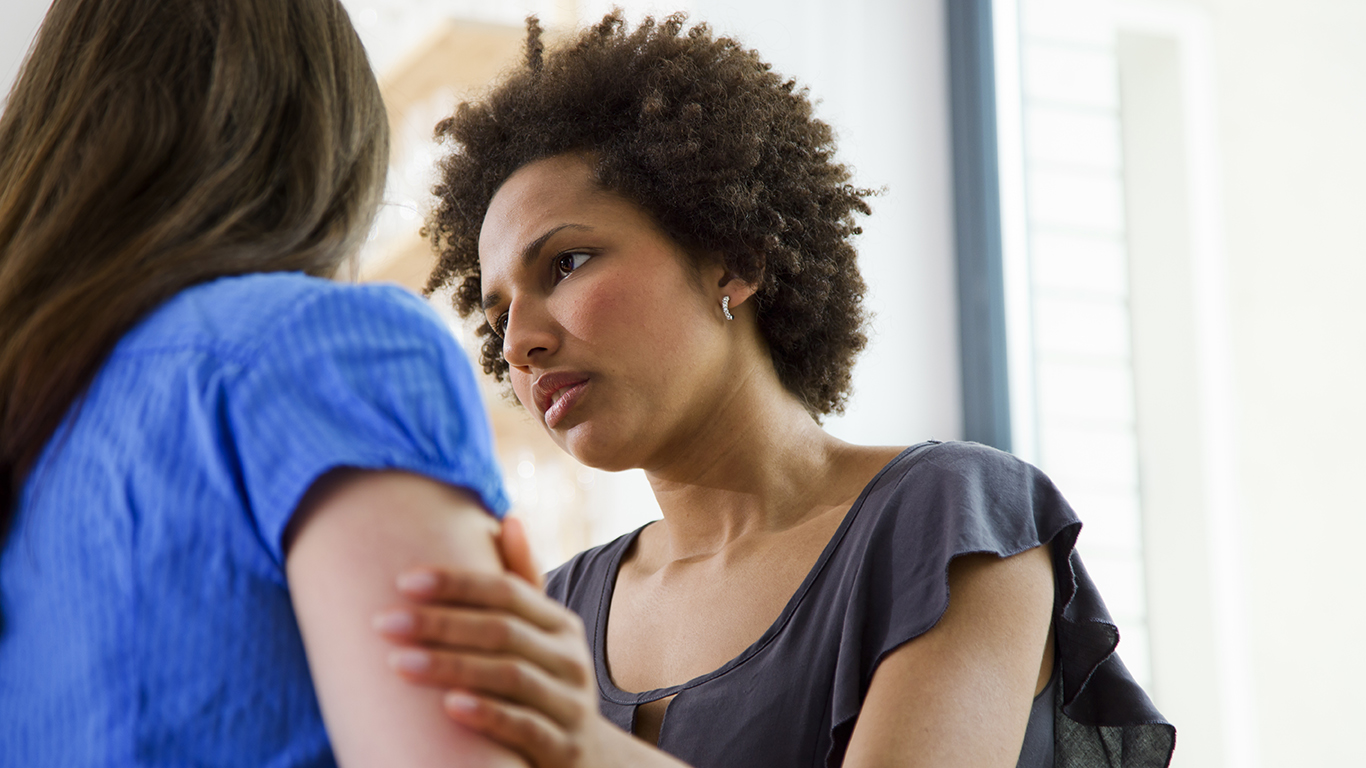
34. Sorry
While Americans might fully understand the meaning of this word, it’s hard to explain how deeply ingrained it is in the Canadian culture and how it’s used. They may say “sorry” if you step on their foot, but also when they didn’t hear you well, as in “Sorry? I didn’t catch that.”
[in-text-ad-2]
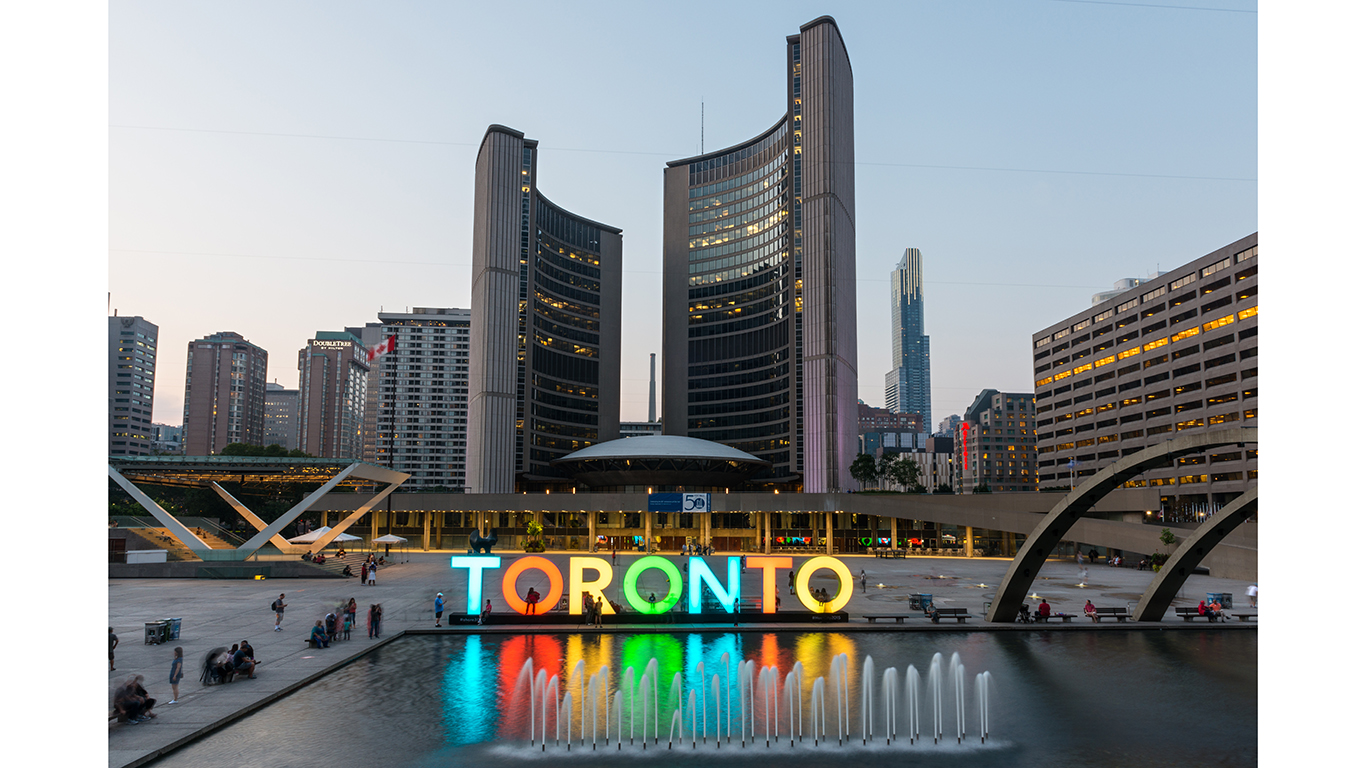
35. The 6ix
Popularized by Drake, the 6ix, or the Six, refers to the city of Toronto — usually in the top seven most populous cities in North America, depending on the count.
If you’re like many Americans and keep your money ‘safe’ in a checking or savings account, think again. The average yield on a savings account is a paltry .4% today, and inflation is much higher. Checking accounts are even worse.
Every day you don’t move to a high-yield savings account that beats inflation, you lose more and more value.
But there is good news. To win qualified customers, some accounts are paying 9-10x this national average. That’s an incredible way to keep your money safe, and get paid at the same time. Our top pick for high yield savings accounts includes other one time cash bonuses, and is FDIC insured.
Click here to see how much more you could be earning on your savings today. It takes just a few minutes and your money could be working for you.
Thank you for reading! Have some feedback for us?
Contact the 24/7 Wall St. editorial team.